 Sara & Luca in their former glamorous life Sara & Luca in their former glamorous life Sara Bertagnolli and Luca Sguazzini are two beautiful, amazingly adventurous Italians who have the voyager bug--bigtime. They have one of the more successful YouTube "vanlife" channels. They have traveled from Alaska and the Arctic Sea to Tierra del Fuego at the southern tip of Argentina in an old Ford pickup truck they dubbed “Lucky LeAw” (for Leave Everything And Wander). They left Italy in 2017 with only $1700, leaving their careers behind for their starting point in Canada. All they had was a bold desire to travel from North to South America along with an unstoppable passion and their ingenuity. The fact that they are both multi-lingual doesn't hurt either. Sara speaks Italian, German, English, and Spanish. Lucas speaks Italian, Portuguese, Spanish, and English. The quality of their videos got better and better as they traveled and are wonderful to watch.
Having experienced a bit of this type of brave voyager's attitude in my younger years--by traveling over 5000 miles on a moped bogged down with 50 pounds of camping gear throughout France and Switzerland--I was drawn into their videos from the beginning. They subsequently had to return to Italy and leave their trusty, rusty Lucky LeAw behind in Brazil when Covid hit (with a dream to go back and complete their a round trip back up into North America). They currently live in their small mountain house in Northern Italy they call Luckyland. Being resourceful, as soon as travel was permitted, Luca outfitted his old van from his motorcycle racing days and dubbed it Luigi. Italian travel videos followed as they voyaged to the most amazing Italian locations.
Luck plays well in their lives--a common and obvious theme about their view of life itself. Luck made them find each other. Luck helped them get out of some very precarious situations during their travels. Luck and love saw them marry. Luck also brought them their new baby, Luce (in Italian, meaning Light, pronounced "Loosh-ah"). Her angelic face and smile remind me of when my son Lucas first came to our little family. Precious. A Change in Luck... Luck seemingly failed Sara's dear, young and strong Luca recently, who after from suffering with headaches during the last month had three major strokes this past week. Sara's video is painful to watch... So, right now, I am asking all of my Grand Voyage Italy followers (all 250,000 of you) to go to Leave Everything and Wander's YouTube channel and watch their videos. Subscribe to their channel. (It costs nothing). Get hooked--as we did--by binge-watching every video in chronological order. You'll be sharing Sara's and Luca's adventures and helping them financially. YouTube pays them for placing ads on their videos. The more subscriptions and the more Likes, the higher their income. Although Italian healthcare is free, they will need this boost to help them through this difficult time.
And to Luca, we would like to say: Rimani forte ... sii coraggioso ... e ricorda, sei amato. We are positive he has the determination and fortitude to get though this and come back to full health. --Jerry, Lisa and Lucas Finzi 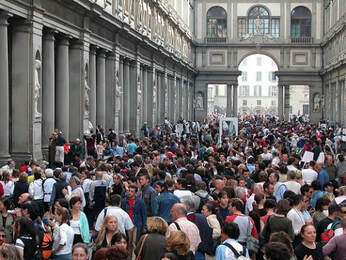 Florence crowds Florence crowds In 2017, over 50 million tourists stayed in Italian hotels--and ONLY during June, July and August, the supposed "high season". But in the last decade, the "high season" has been expanding to early spring and as late as October, and most visitors to Italy don't stay in hotels... How many more visitors stayed in rental apartments or with friends or relatives? How many camped or stayed in hostels or local B&Bs? Keep in mind, the population of Italy is only around 60 million (a decent number for such a small country), but some estimates put the number of actual tourists from all over the world visiting Italy at over 420 million in 2017 alone. Just imagine if the U.S. matched or even surpassed its own 320 million population with half a billion tourists a year?! The actual current number of tourists visiting the U.S. annually is a mere 80 million. It seems Italy is being over-promoted, overbooked and over-run by tourists. As an example, just look at what happens to Venice during the summer months when as many as 6 cruise ships each day dump (according to recent numbers) over 32,000 people onto the fragile jewels of its sinking islands. Over 600 cruise ships a year make daily stops in Venice! The influx has become so bad the city is being gentrified, with mom and pop shops turning into tacky gift shops selling things made in China, and with local residents moving out when they realize their homes are worth more as holiday rentals. Is it time to give Italy a bit of a rest from the wear and tear on its tourist hotspots... Venice, Florence, Pisa, Rome? Are these "must see" destinations turning into Italian Euro-Disney spots, lacking authenticity and losing their cultural heritage? We propose that when Italy opens up again as this pandemic dies down, Americans should visit a small town in Italy where the real Italian lifestyle can be experienced, instead of putting up with indignities of enormous, shoulder-to-shoulder crowds, pushing, shoving and tight schedules of the "must see" locations. If you are traveling with kids, this should be an important consideration. Children can have a much more enjoyable time if you slow it down and toss out the schedule. There are tons of things to do with kids all across Italy... water parks, go-karts, dinosaurs, science museums, beaches, cycling, hiking and more. How about Monte Isola, a town on Lake Iseo in Lombardy? Or visit the mountain village of Castelluccio in Umbria for a taste of small town, mountain life. Instead of Florence, visit Pienza, one of the most beautiful Renaissance villages in Tuscany. And instead of paying high fees to have a spa day, go where the locals go for free, to Bagno San Fillipo in southern Tuscany and bath in the hot, natural sulfur springs under huge mineral waterfalls frozen in time. And the Cilento is much less crowded (aside from August when Italians flock to its beaches for their Ferrragosto holiday) that the Amalfi Coast and has lime after mile of real sand beaches. And don't forget Puglia, especially the tip of the boot around the port town of Brindisi. Puglia isn't like any other part of Italy and nearly every town has something unique to offer. For amazing beaches, take a plane or ferry over to Sardinia. Its natural wonders are unspoiled, with the sea as clear as tap water. So reconsider when booking your next visit to Italy. Throw away the must-see list and visit the real Italy. Slow down, relax and spend time in one location and area at a time. Find out what days the local market is open. Rent a house or apartment and do your own cooking with amazing, fresh ingredients. Meet the locals. Learn the local dialect... even if just a few words. Keep in mind that Italy isn't one thing... it's not just Rome, Florence, Pisa and Venice. There are 20 independent regions in Italy, each with its own language, cuisine, customs and culture. You can literally throw a dart at a map of Italy and then plan a trip to the region the dart lands on. Trust me. Italy is a lot more than standing on line for hours just to be rushed through the Sistine Chapel in five minutes, with throngs of tour groups shoving you from behind.
Learn to live the Italian lifestyle while you are in Italy, and I guarantee you'll have learned how to life a bit of that same lifestyle when you're back home. Ciao e buon viaggio. --Jerry Finzi Why or how did coronavirus travel to Italy? Perhaps there are several reasons... One might argue that being overcrowded as one of the most popular, "must see" destinations in the world is a large factor. What do most tourists do when they get to Italy? They all flock to the few "must see" sights on their lists--Vatican Museum, Trevi Fountain, Leaning Tour of Pisa, a gondola ride in Venice, stumbling around Pompeii wondering what they are looking at, and in Florence to see that big, naked statue of that guy David--all the while crowding, jamming and shoving to see things that most have no intellectual, spiritual or emotional connection with. Sure, they can say they "saw" the Sistine Chapel when they get home and brag, but did they really take it all in within the 10 minute, pack-them-in and roll-them-out method the Vatican Museum affords these hordes? Tourists who choose to go to "off the beaten path" destinations always experience much less crowding, but actually report having a more authentic "Italian lifestyle" experience. As example, on one very crowded day in Florence (literally, shoulder to shoulder crowds) we decided to head up to Fiesole, a chic town in the hills above Florence. No crowds, amazing food, beautiful architecture, a Roman amphitheater, a fantastic Etruscan museum, topped off by a walk along Fiesole's belvedere with panoramic views of Florence. We had a great experience without the crowding! Facts During 2018 alone, 63.2 million tourists visited Italy. That is more than the population of Italy itself! Contrast that in the U.S. where 77 million tourists visit annually... in a country with nearly 330 million people. I can't imagine how impossible things would be in the States if we had to deal with over 330 million tourists crowding our own national treasures, monuments and parks. Add this fact to the equation: China sent 3.5 million tourists and nearly half of them visited Lombardy and the Veneto, the regions of northern Italy hardest hit by the coronavirus. And although this virus should never be named after the hotspot where it originated, we can all agree that China had this virus early on and wasn't truthful about it for over 3 weeks. Northern Italy has been getting enormous amounts of wealthy Chinese tourists as well as many overbooked Chinese tour groups and cruises. Italy is the fifth most visited country in terms of international tourism arrivals. Italy also contains 55 World Heritage Sites--more than any other country in the world. As recent as the 1950s and 1960s, cities like Rome and Florence were deserted by today's standards. I remember seeing a photo from the 1960s once when the Sistine Chapel had no time limit and was so un-crowded that some people actually would lie down on the floor with binoculars to spend their time examining every detail put up there by the Master's hands. There was no rush with most of these tourists having an art background. Look what Rome was like in the 1960s... No endless lines in front of the Vatican? And you can't really call that a crowd at the Trevi Fountain! Wouldn't it be wonderful if tourism went down to reasonable levels again? And you won't believe what Piazza dei Miracola looked like at the Leaning Tower in Pisa... empty! There were actually cars and buses traveling under the arch where nowadays the whole are is pedestrian only... The Growth of Tourism in Italy By the mid 1970s, airfare to Europe was getting cheaper and cheaper. At the time, I remember getting a round trip ticket to Paris (with no ending date for my return) for about under $300--just about one week's salary at the time. Then came the advent of cheap group bus tours of Europe--you know, "See 10 cities in 8 days!" In some cases, tourists would be on the bus for most of the day with only an hour or two to visit the "must see" sights on their tour itinerary. Then, back on the bus and into the next cheap hotel. Early next day, do it all again. By the 1980s, this package tour concept was taking off like crazy. And the man who invented the concept of package tours was "Mr. Italy", Mario Perillo. His very first offers were exclusively aimed at the land of his ancestors--Italy. Italy had a tourist target on its back from that time forward. He oversold tours for amazingly cheap prices. His son Steve still hawks these cheap tours and has only compounded the overcrowding at tourist destinations. Next came the cruise ships getting into the action, offering all-inclusive, everything-you-can-eat packages to to Rome and Naples or Venice and Greece. The food was "international", having little to do with the culture the tourists were visiting. It's still like that today... with people dining on NY Strip Steak, sushi, pizza or hamburgers while at a dock in Venice. Here's a vintage commercial from so-called "Mr. Italy" himself, Mario Perillo ... Then Who is to Blame? Have the Italians themselves contributed to the distribution of this virus? Well, surely they are at fault, generally speaking, if only for their cultural traditions and being an open, gregarious society. Italians love being with other people. They are warm and gracious and greet each other (and often, new acquaintances) with an embrace and kisses on both cheeks. Unlike in other countries, men also kiss cheeks, and even hold other men arm-in-arm while strolling and chatting about business or world events. Pensioners gather on piazza benches like flocks of pigeons. In the evenings, in virtually every Italian city, town and village, people gather in the early evening for a communal stroll--the passeggiata. But seriously, should we blame a population for just being themselves? Their daily habits are instinctive and in-born, based on a few thousand years of cultural customs and socialization. Italians will always be gregarious. They are also a generous society, evident by the thousands of Syrian refugees they took into their country. After this crisis is a distant memory, Italians will still take part in the passeggiata at the end of the day with neighbors, family and strangers. The old nonni will still gather in groups to exchange gossip. Old men will still sit shoulder to shoulder at tables playing scopa, that quick-paced, mysterious card game. And I hope and pray that their embraces and twice-kissed cheeks remain as they greet each other per sempre. So Who is Left to Blame?
Some in Italy might blame one single man, specifically, a 38-year-old man who checked himself into a local hospital in the town of Codogno, Lombardy on February 20th. Testing positive with the virus, he became the first recorded patient with the COVID-19 virus in Italy. But since there wasn't any mass testing for this specific covid-19 disease (there are several coronaviruses besides this one), many health officials believe the virus was already in Italy long before the first case was discovered. “The virus had probably been circulating for quite some time,” Flavia Riccardo, a researcher in the Department of Infectious Diseases at the Italian National Institute of Health said in a TIME interview. “This happened right when we were having our peak of influenza and people were presenting with influenza symptoms.” Perhaps we can blame the Italian government and Italian industry for their decision-making, allowing Italian companies to import Chinese workers instead of giving jobs to Italians, as in the case of Italian fashion houses bringing in Chinese labor to create "Italian" fashions. An estimated 310,000 Chinese people live and work in Italy--8.3% of the country’s non-EU citizens. Chinese are the third largest group of foreign nationals residing in the country. More than half live in the north, with 16% residing in the provinces of Prato near Florence working in the textile industry. Because of the lock-down, and the fact that these Chinese workers don't have contracts, or work part-time, leaving them with no help from the Italian government when they are laid off. Tens of thousands have already left Italy. But once again. The virus doesn't have a nationality. I suggest that no human is to blame. The real culprit is the non-discriminating, un-biased, equitable and even-handed culprit--the coronavirus covid-19 disease pathogen itself. Viruses recognize no laws of Man. Viruses obey no immigration rules. Viruses are color blind to our skin color. Viruses hold no passports. Viruses aren't a part of any single religion. Viruses don't belong to any political party. Viruses ignore national boundaries. Viruses don't ask for proof of age. Viruses attack our homo-sapiens species, of which every race on the planet is part of. There was a beginning of this crisis, we are now in the middle, and we all have to believe there will come an end. Andrà tutto bene... --Jerry Finzi, GVI  Many of us are in lock-down due to coronavirus restrictions and need to find creative ways to take a breath, stop watching the news 24/7 and simply relax a bit. Here's a great way: Take these virtual walking tours of some of Italy's most beautiful and interesting places. You can start watching these videos on your mobile devices and then Cast the video (also called Mirroring on some devices) to your large screen TV. Look for this logo when watching on your device. Enjoy... and take a breath. Andrà tutto bene. --Jerry Finzi, GVI
by Simone Guzzi, from the Hotel Paradiso in Calabria The Abbazia Benedettina (also known as the Abbey of Santa Maria) in Lamezia Terme, Calabria, was commissioned by the Norman, Robert Guiscard in the 11th century to be erected on the remains of a Byzantine Monastery named after Hagia Euphemia of Nèokastron, which was heavily damaged by a Saracen raid. The ruins of this once majestic monastic structure marks the transition from the Byzantine to the Norman era, for several centuries after the first Normans had arrived in 1056. During his conquest of southern Italy and Sicily, Guiscard subjugated the towns of the valley and Sant'Eufemia, district of the actual Lamezia Terme, became a strategic point for the Norman conquest that eventually put an end to the supremacy of the Byzantine Empire in the whole Calabria. With the Normans, the so-called Latinisation began, bringing the influence of the Church of Rome to all the conquered territories that were under the Byzantine rite. The construction of Abbazia Benedettina on the remains of the Basilian church was the first step in this Latin irradiation. The designer was Abbot Robert of Grantmesnil, who Guiscard assigned the direction of his program of ecclesiastical architecture. The layout was inspired by the Nordic-Benedictine style of the churches of Normandy. The ruins seen today, surrounded by groves of olive trees, are the result of a violent earthquake in 1638, but visitors can still appreciate its Norman architectural details. On the main facade are the remains of the two bell towers, with evidence of three aisles and a larger central hall separated by a series of pillars. The side walls were illuminated by a series of arched windows. In its sanctuary, polychrome marble blocks led to the altar in the main apse, where on the sides there were columns resting on architectural elements of the Roman era. In this area was also discovered a floor made of colorful marble tiles, made from ancient marbles, whose use is typical of the Norman tradition. On the eastern side visitors can see the remains of the large walls, confirming that the abbeys were fortified, deemed necessary since the Abbey had to defend itself from repeated Saracen raids from the coast. One of the more important aspects of the Abbey would have been its scriptorium, where the Benedictine monks would have been busy transcribing and preserving ancient texts, both classical and Christian. The first substantial number of founding monks came from Normandy and France suggesting their important influence on the region's culture and religious education. The monks who came here were also are dedicated to charitable acts (by decree of the Benedictine rules), and were especially educated men, with many of them becaming Calabrese and Sicilian bishops. After the earthquake, there were reliquaries recovered that were kept in a crypt containing the treasure of the Abbey. Listed in an inventory of relics from 1624, a silver arm with a relic of St. John the Baptist and a silver head containing part of the head and a lock of hair of St. Euphemia. There were also the handwritten versions of the Gospel of Luke and the Acts of the Apostles. The Benedictine Abbey is about one mile west from Gizzeria Lido on the Calabrian coast. Click for MAP 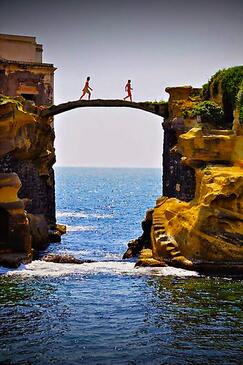 Well away from the throngs of tourists in other parts of Italy, the tiny double island of Gaiola just west of Naples is abandoned and ghostly. There are many legends about the place being cursed. In the early 1800s, the island was inhabited by a local hermit who everyone knew only as "Il Mago" (the Wizard). As most hermits, he lived a troubled, lonely life, existing on handouts of fish from local fishermen. Without warning, he mysteriously disappeared. It's not known if he cursed the island, but many unfortunate things came to pass for people who either lived on or owned the island. There is a small villa on one of the islets that has been occupied by many different types of people: A famous author, a Swiss businessman, a German investor, a pharmaceutical magnate, a steel baron, the Head of Fiat, billionaire J. Paul Getty, and an insurance company CEO. All met with strange fates either while on the island or shortly after purchasing it. Here's just a few of the cursed events:
The two twin islets are only about 100 feet from the amazingly rugged and beautiful coast of the Capo di Posillipo. Their main attraction is that they are akin to the original Siamese twins, joined by a narrow stone bridge that runs between them. In Italian, their name is Isola La Gaiola, which uses a variant of the local dialect word for cave (caviola), referring to the many small caves and grottoes are seemingly everywhere along this part of the coast. Area Marina Protetta Parco Sommerso di Gaiola For for SCUBA divers and and snorkelers alike, the waters surrounding Gaiola is a wonderful haven. They are a part of the Gaiola Protected Marine Underwater Park, a 100 acre marine preserve meant to protect the diverse marine ecosystem here as well as ancient underwater Roman ruins. Underwater ruins are scattered around the crystal clear waters. Some of the marine creatures here are found nowhere else on Earth. Consider the excitement of snorkeling among the underwater ruins of an ancient Roman temple.
If driving, you can reach the Park by driving down the Discesa Gaiola road, where you will find a car park on the left, followed by a short walk to the site. But be aware that in recent years, local police have placed a ban on vehicular traffic, from 7am to 7pm. You may also park up the hill on Via Tito Lucrezio Caro (there is a parking meter for tickets) and walk down the hill (15 minutes). And don't forget to check out the neighboring Archeological Park of Pausilypon.
Descent Gaiola (Cliff S.Basilio Cala), 80123 - Napoli Tel / Fax: 0812403235 Email: [email protected] Winter: from 1 to 31 October: daily except Monday at 10.00 to 14.00 from November 1st to March 31st: Tuesday, Thursday and Saturday from 10.00 to 14.00 Summer: from April 1 to 30 September: every day except Monday at 10.00 to 16.00 Nisida is a volcanic island near Cape Posillipo southeast of Naples. The crescent shaped island is connected to the mainland by a stone bridge. Being a volcano, there is a flooded crater forming the bay of Porto Paone on the southwest side--a small cove, really. The island is a bit more than a half mile across and juts out of the Tyrrhenian Sea to a height of 350 feet. You can park and walk to the island on the stone bridge or go by boat--renting one at the nearby marina. Visiting the far side and cove of Nisida is really the best way to enjoy its natural beauty. Nisida doesn't have a beach of its own, but the rocky side of the island is worth exploring by boaters. There is a large public beach on the mainland facing Nisida, with a parking lot just on the left before the causeway. Adjacent to the causeway is a public marina where you visitors might be able to hire a boat. Several restaurants are also nearby. As with many parts of Italy, some of the area is covered in graffiti and looks worse for wear, but then again, this is Naples. If you walk to the island, you can hike in the non-restricted areas and take in the views of Naples and the surrounding bay and islands. The pebbled beach is surrounded by clean crystal clear water. You can relax in a private shady spot in the woods that cover the island nearly down to the beach. If you sail, you can rent small sailboats and cruise the waters around the island, and if you go by boat, be sure to check out the arch and the grottoes cut into the far side of the island. In the time of the Romans, politician and military leader Lucius Licinius Lucullus built a villa on the collapsed and flooded island volcano of Nisida. Another general, Marcus Iunius Brutus (of et tu Brute fame) also built a villa there for holidays and some say the plot to assassinate Julius Caesar was plotted there. You might say this was the Cape David of the day where the military leaders went for vacation, to rest, recharge and ponder their next battle while they enjoyed the comfort and pleasures of this island in the sea. Brutus's wife Porcia, committed suicide sometime after learning of Brutus' plan to assassinate Julius Caesar. Some historians think Brutus and Cassius hatched their plan here on Nisida. Some of the archaeological remains on Nisida are supposedly of Brutus' villa. Since then, there have been monasteries, a castle and even a prison on the island. Artists and noblemen would flock to it and even Cervantes was inspired by its mystery and charm. Today there is a rehabilitation center on the island for young boys at risk where they learn trades such as carpentry, ceramics, glass-making and other skills. The NATO Maritime Command also has it's headquarters on the island, although most of their personnell has moved to a newer facility further north. In addition to the island itself, it's worth a visit to Parco Virgiliano (the Park of Remembrance), a scenic park located on the hill of Posillipo, just across from Nisida. The Park serves as a green oasis atop the tufa stone typical to the coast of Posillipo. A series of terraces 500 feet above the Gulf of Naples provides the park with a unique array of impressive vistas, including views of Nisida... the views at sunset are stunning. For SCUBA divers and kayakers, the rugged coastline just to the east of Nisida , know as Area Marina Protetta Parco Sommerso di Gaiola is also worth exploring. There are several kayak rentals nearby and many sea grottoes to explore. If you are diving, the opportunity of diving through a sunken Roman villa can't be missed. --Jerry Finzi You might also be interested in...
A Tuscan Beach Vacation: The Maremma Off the Tourist Path: A Visit to Tropea on the Coast of the Gods Jewels from the Sea: Glass Beaches in Italy Vieste and the Legend of Pizzomunno: the Gargano Peninsula, Puglia Off the Tourist Path: Gaiola Island, Naples Off the Beaten Path: Scala di Turchi - White Rock Stairs on the Sicilian Coast 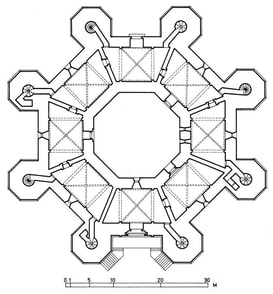 Castel del Monte, located in the municipality of Andria in Puglia, rises up from a rocky hill dominating the surrounding countryside of the Murgia region near the Adriatic Sea. A unique piece of medieval architecture, it was completed in 1240 AD. The castle’s location, its perfect octagonal shape, as well as the mathematical and astronomical precision of its layout all reflect the education and cultural vision of its founder, Holy Roman Emperor, Frederick II, although the actual architect and builder is still unknown. As a leader of modern humanism, the Germanic Emperor brought scholars together in his court from throughout the Mediterranean, combining Eastern and Western traditions. The castle’s unique design, an octagonal plan with octagonal towers at each angle, represents a search for perfection. Interior features reflect Eastern influences, such as the innovative hydraulic installation used by Frederick II which used rain water for the toilets and bathrooms of the fortress. Although he had been the founder of the castle, it is believed that Frederick II never spent a night here. It is believed the castle was initially conceived as a hunting lodge. However, several sources suggest that in 1249 the castle was used as a theater when the wedding of Violante, Frederick’s daughter, took place. In 1256, it was used as a prison for rebels by Frederick II’s son, King Manfredo of Sicily.
The original intended use of the Castel del Monte is unclear. The shape doesn't make it look like a castle but more of a defensive fortress. But it lacks the elements that would be necessary for proper defense: it has no ditches or moat, no drawbridge, no basement..only very large, marble-covered rooms, worthy of a lavish royal residence. During the Middle Ages, all of the rooms were decorated with precious polychrome marble, mosaics, paintings and tapestries, but unfortunately over time Castel del Monte was robbed of its treasures by looters and vandals. The castle was built using three types of material: limestone, white marble and coral breccia. The site is of outstanding universal value in its formal perfection and its harmonious blending of cultural elements from northern Europe, the Muslim world and classical antiquity. Castel del Monte is a unique masterpiece of medieval architecture, reflecting the humanist ideas of its founder, Frederick II of Hohenstaufen. Castel del Monte is also a designated UNESCO world heritage site and is considered to be one of the best castles in Puglia. Perched on top of a hill and see for miles around at an altitude of 540 meters, the castle can be reached by driving on the SS170 motorway. Visiting Castel del Monte April 1 to September 30 from 10:15 to 19:45 - The ticket office closes at 18.00 hrs. October 1 to March 28 from 9:00 to 18:30 - The ticket office closes at 19.15 hrs. The full-price ticket costs 7.00 €, reduced rate of € 3.50 for age group 18-25. Free entry for under-18s and over-65s. Free entry on the first Sunday of the month. Free if you show your handicapped placard or card. 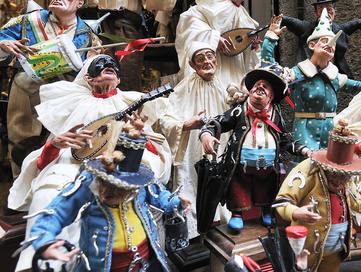 Italians love their presepe (nativity scenes). They buy them, they collect figures, they even make them from scratch and compete in their local competitions. And no where do they celebrate and promote the presepio as much as on Via San Gregorio Armeno in Naples. In fact, it's an all-year-round thing, so if you visit Naples in the summer, plan ahead and buy a presepe and some figures for next Christmas. If not, try visiting when the shops are gearing up for the holiday rush and putting out their newest creations during September or October. This street is packed full with shops selling artistic Italian style nativity figures and structures on which to display them. Many of these are actually wonderful examples of artistic talent, a craft passed on from generation to generation. Visitors can even watch how they are made in the workshops and studios--hands, feet and heads in terracotta, and clothing from fabrics or cartapesta (Papier-mâché). Still other craftsmen create all manner of structures like barns, villas, temples or entire villages out of plaster and paint. In recent years, presepe figures have been made to mimic popular culture. You'll find not only the Pope, but soccer players, movie stars, politicians and recording artists. Ostuni is known as White City of Apulia because of its stark white buildings perched high above the plain below. Located about 5 miles and within sight of the Adriatic coastline, it has a year-round population of about 32,000 inhabitants, but can swell in the tourist season to over 100,000. Part of the province of Brindisi, a region with high production of both wine and olive oil. The town is a popular popular place for expats, especially British and Germans. The region around Ostuni has been inhabited since the Neolithic era, with Neanderthals living here over 40,000 years ago. The town itself was settled by the Messapii tribe, destroyed by Hannibal during the Punic Wars. It was rebuilt by the Greeks, its name deriving from the Greek Astynéon ("new town"). The town came under rule of the Romans until the Normans conquered it in 996 AD and built a medieval town around the summit of the 950 feet high hill, including a castle and four gates (ruins today). In 1507, rule passed to Isabella, Duchess of Bari, and under her rule Ostuni thrived during the Italian Renaissance, with an abundance of Renaissance architecture left behind. 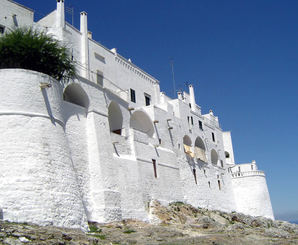 The white color of the town had practical advantages. Since at least the time of the Middle Ages, the lime whitewashing helped keep buildings cool by reflecting the heat of the southern sun. Lime whitewash also has disinfectant properties, helping to slow the spread of disease--this was proven during the Middle Ages, lessening the spread of the Plague. Lime is readily available in the surroundings of the city since the town itself is built upon three hills of Cretaceous limestone. The White City has become such a popular destination for tourists that the government pays for half the cost of homeowners repainting their homes every two years to keep them looking their whitest.  The centro storico (historic center) is still fortified by the ancient walls. The town's largest buildings are the Ostuni Duomo and the Bishop's Palace, together with a number of palazzi of local aristocratic families. In the surrounding countryside there are typical Pugliese masserie (fortified large estate-farms), as well as trulli (pointed roofed structures), many of which today have been converted into hotels and B&Bs. Since 2010, there has been such a large influx of British expats buying properties, that the town has been given the tongue-in-cheek nickname of Salentoshire. Events La Processione della Grata - On the second Sunday of August, this procession leaves the Sanctuary della Grata to go to the center of the city and, and in the evening the candles of over six thousand people light up the countryside which can be viewed from the city's walls. Sagra dei Vecchi Tempi - Feast of the Old Times. August 15th is a local food festival with many traditional dishes. Cavalcata di Sant’Oronzo - a celebration of the town’s patron saint, takes place between the 24th-27th August. The high point are costumed knights and a procession on horseback. Festa di San Biagio - On February 3rd, thousands of pilgrims go to the sanctuary of San Biagio carved into the side of the limestone hillside, just outside of town. The Sanctuary is notable for a huge, ancient sinkhole considered by speleologists the biggest underground cavity in Puglia. Visitors can enjoy the natural landscape in the surrounding area.- Via dei Colli, Ostuni, Puglia Just remember to bring your sunglasses if you plan on visiting Ostuni -- it's that white. --GVI |
Categories
All
Archives
May 2023
|

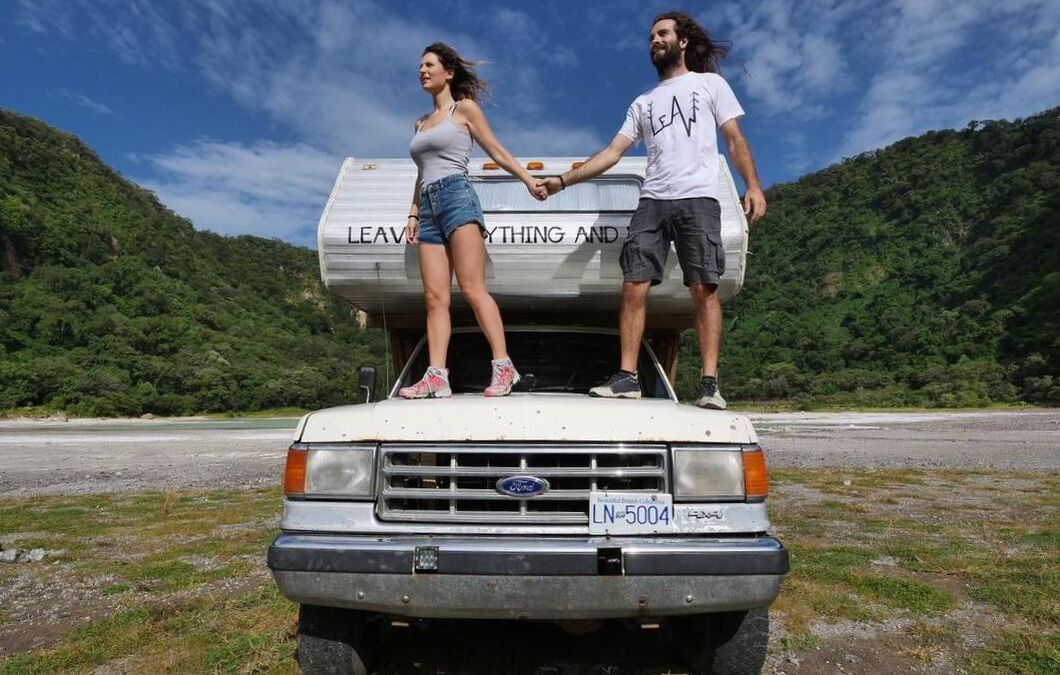

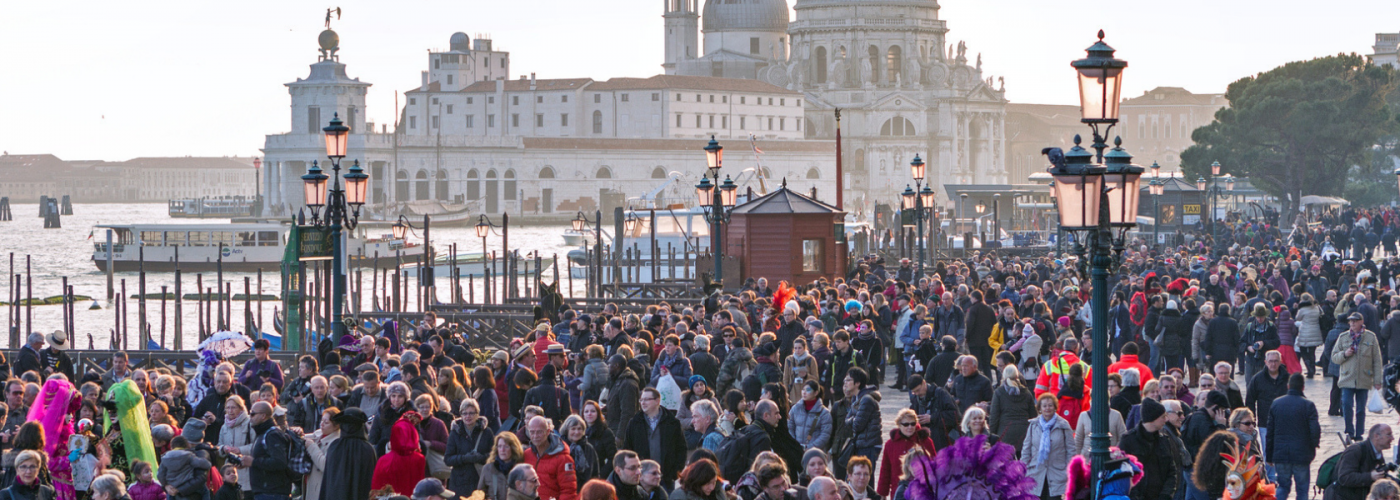
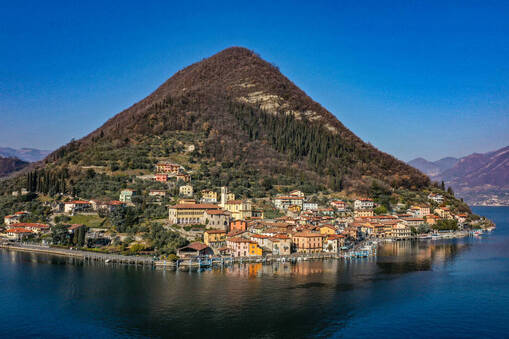
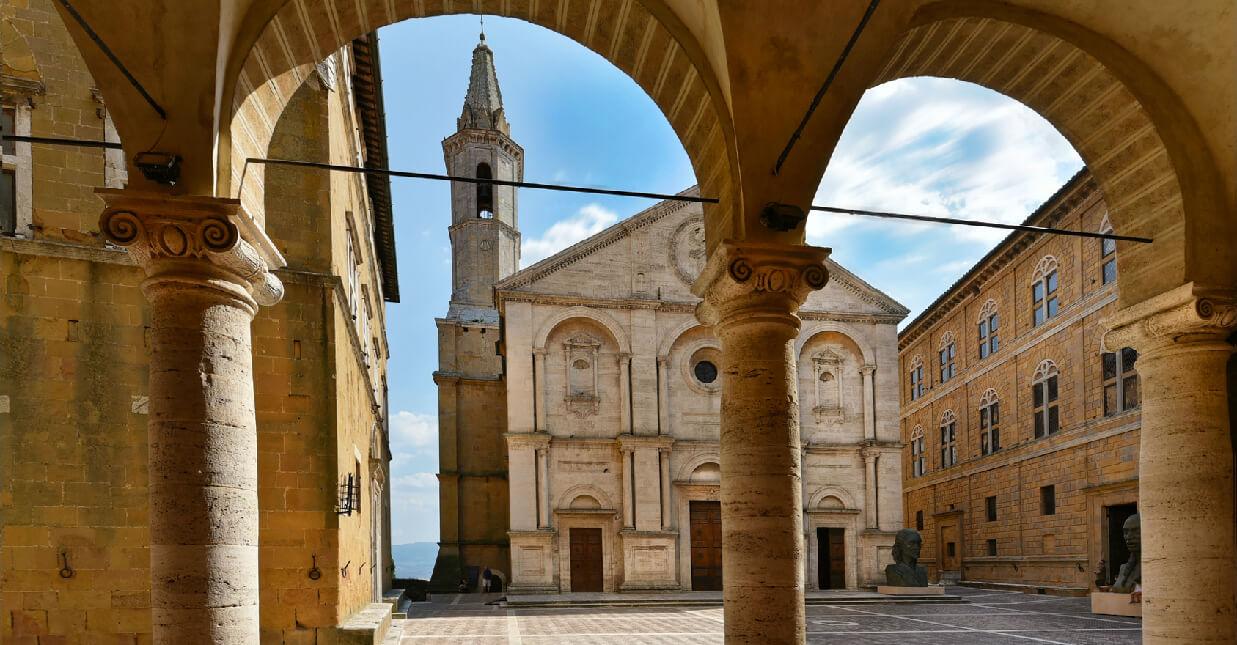
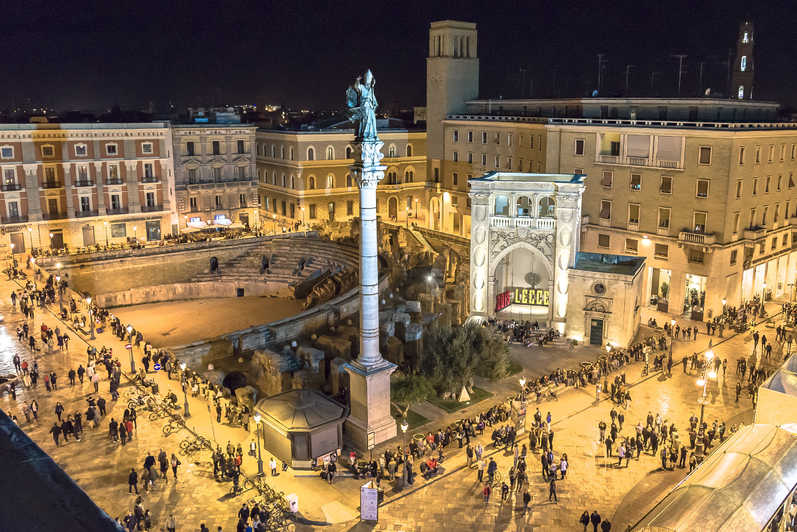
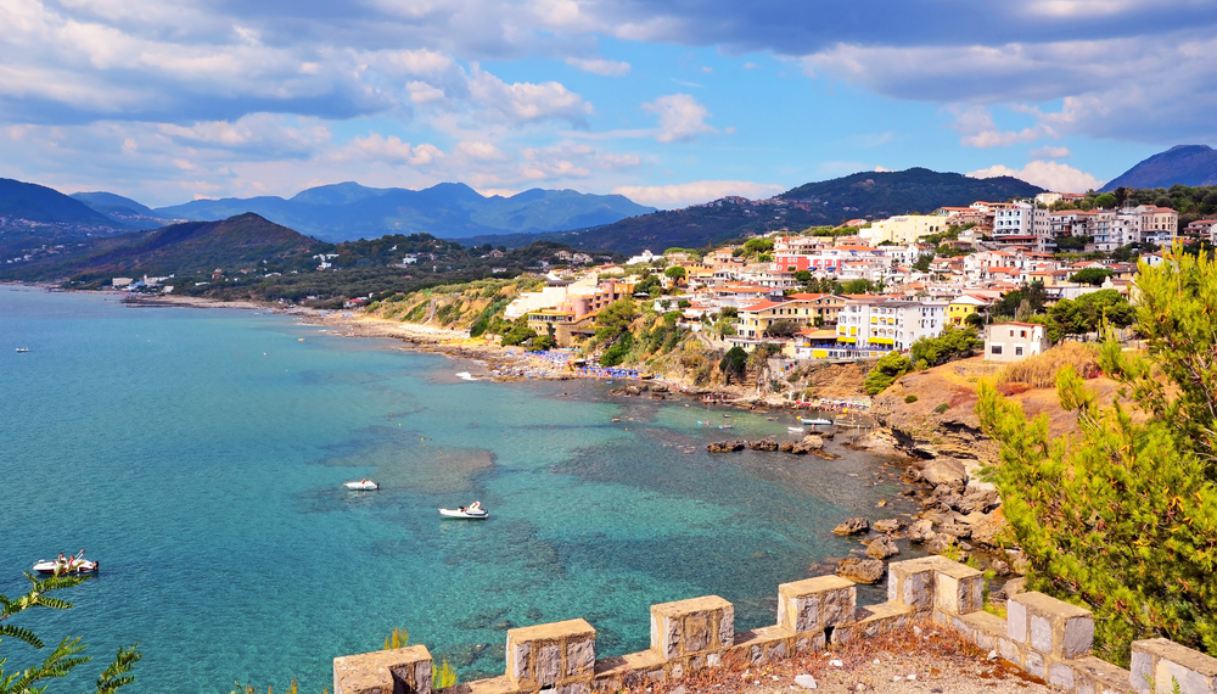
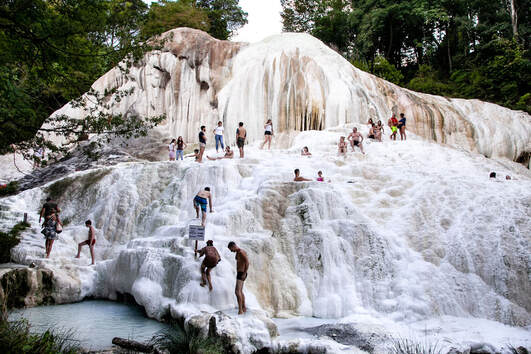
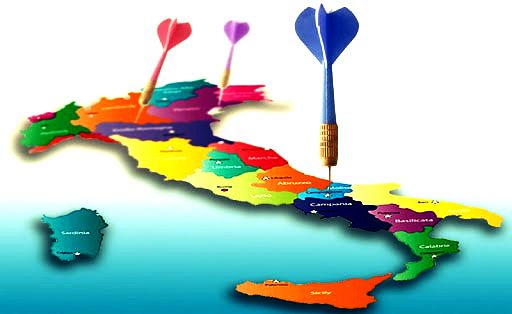
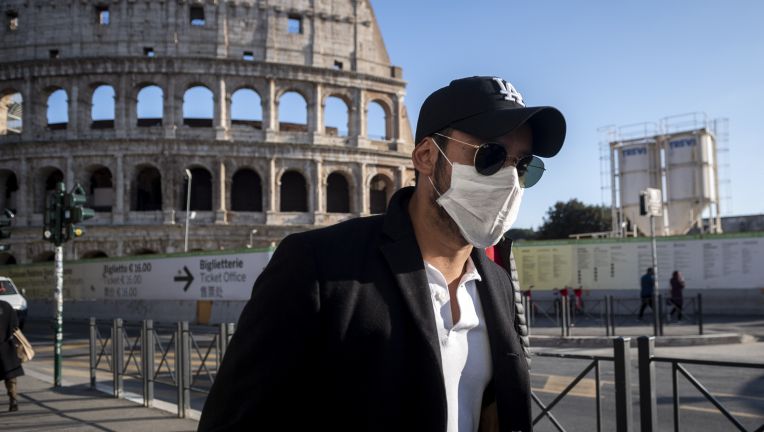
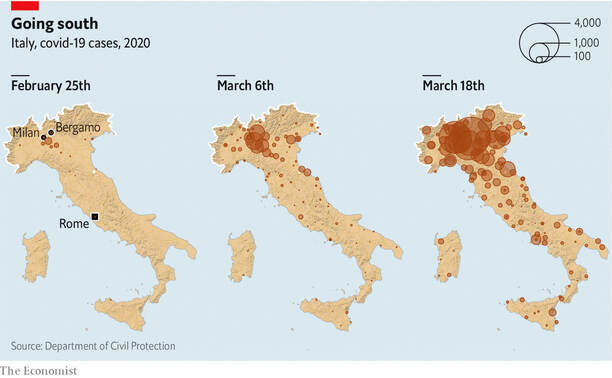
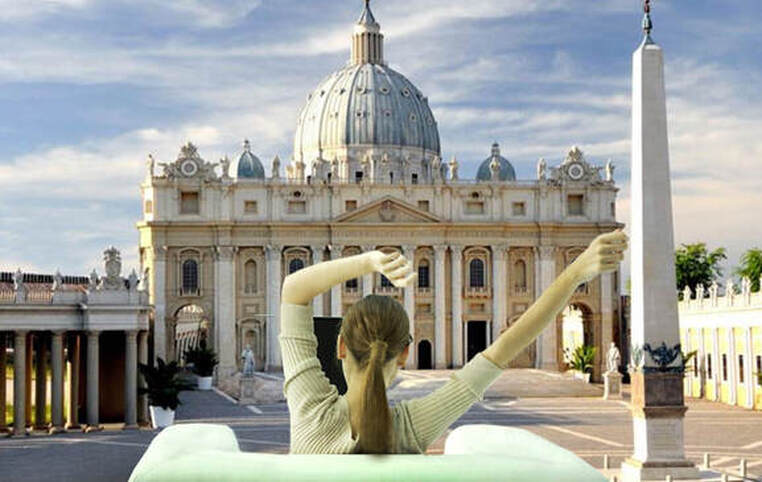
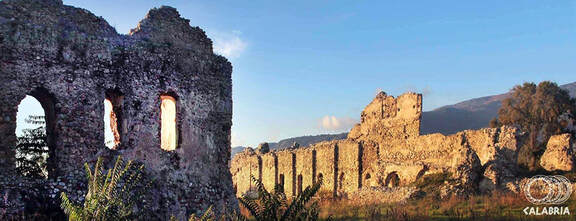
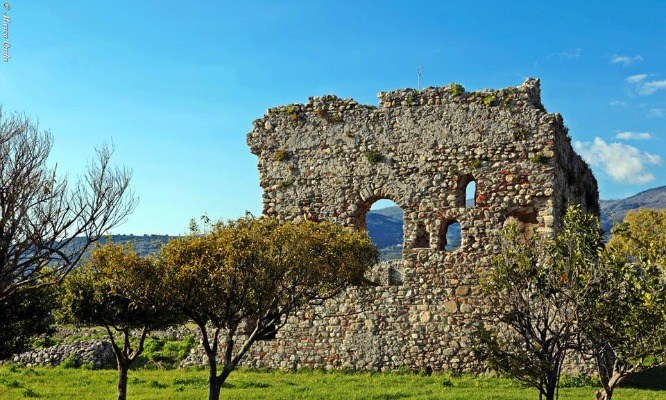
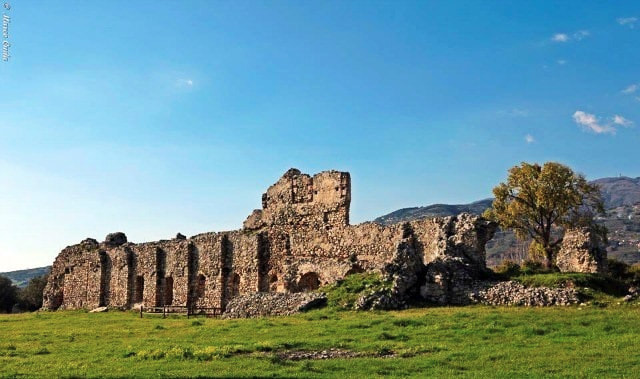
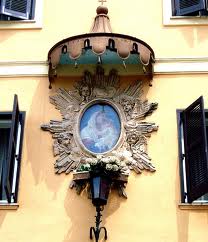
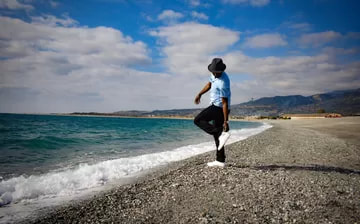
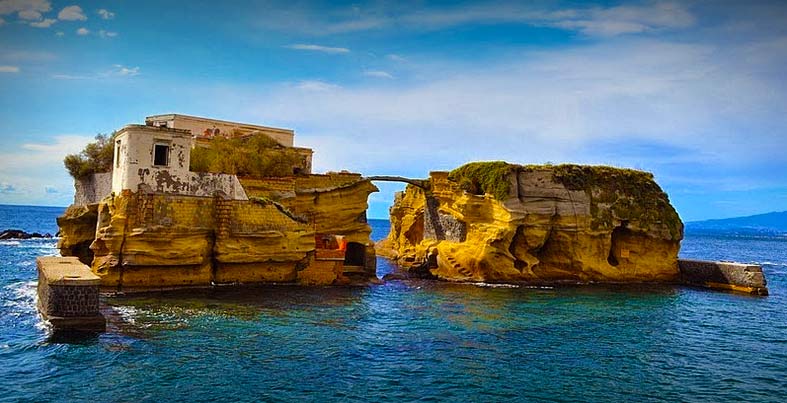
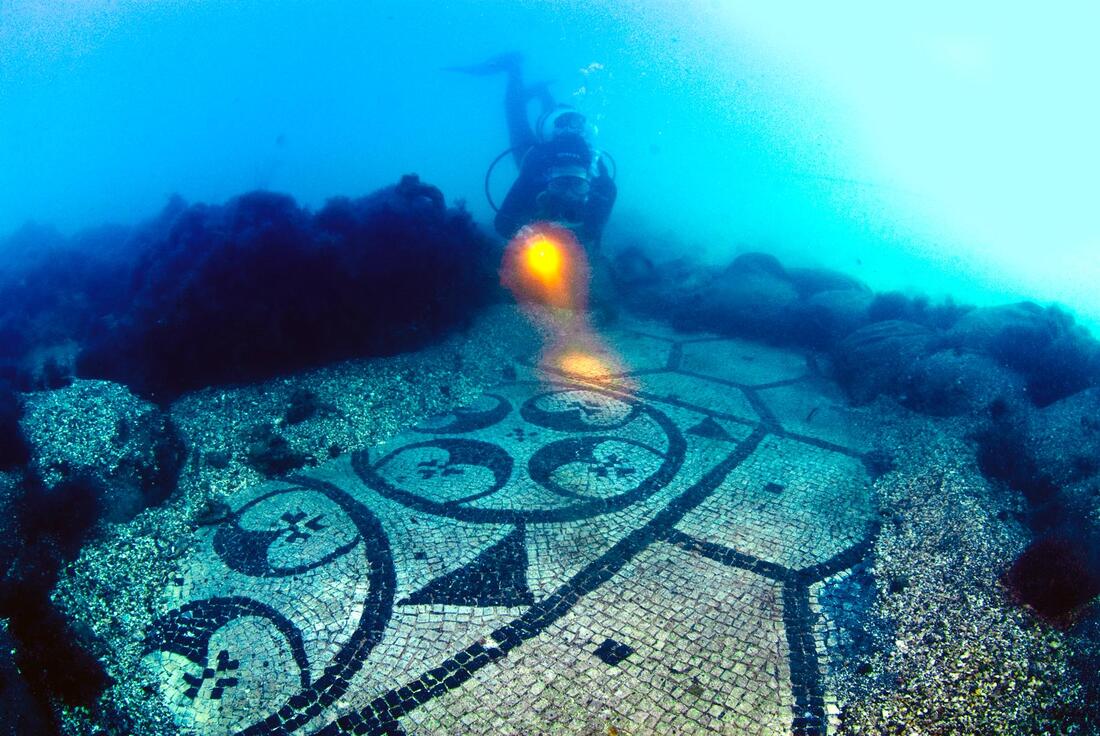

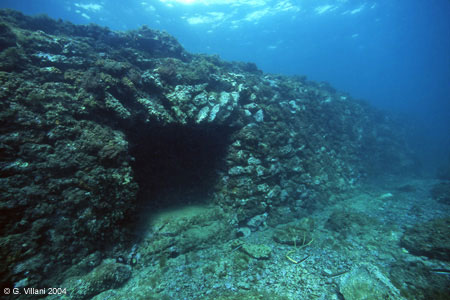
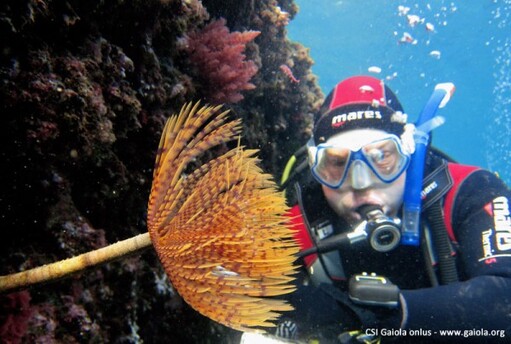
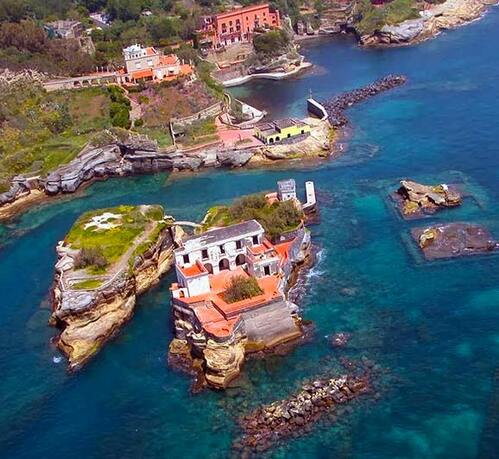

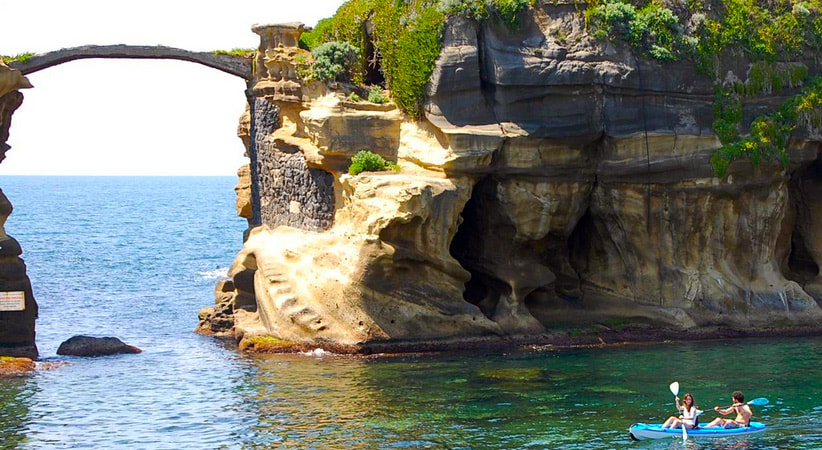
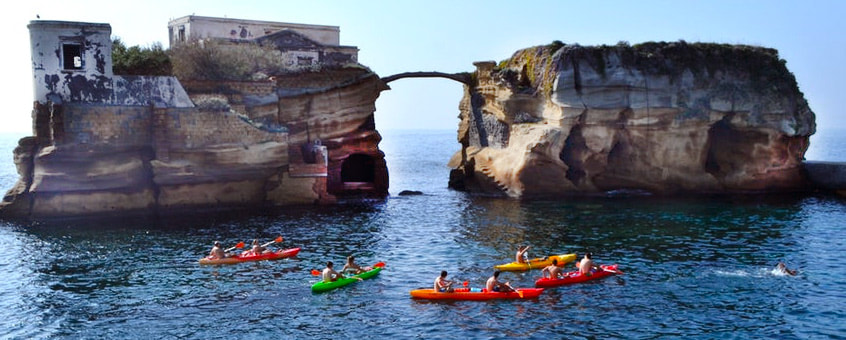
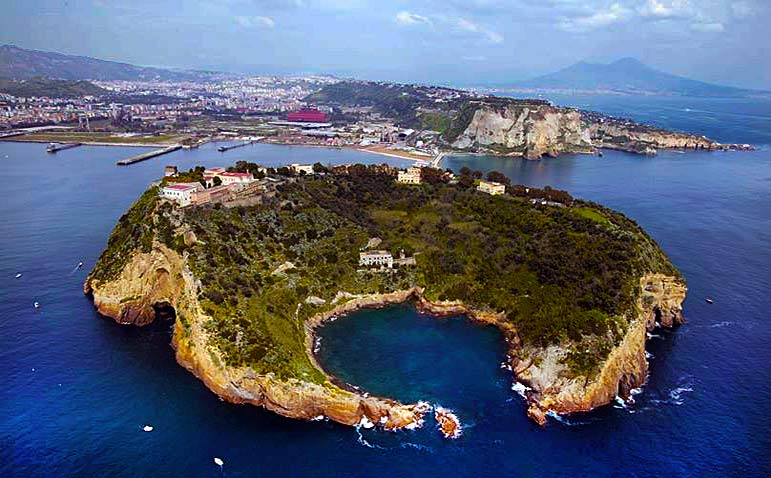
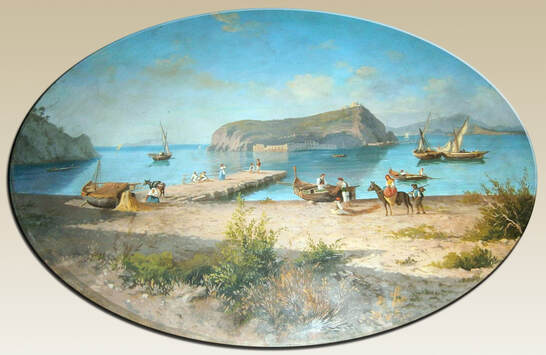
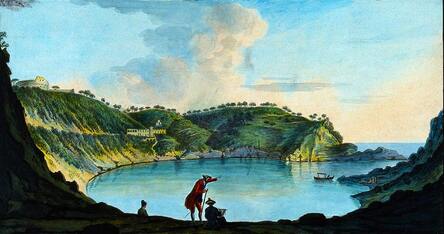
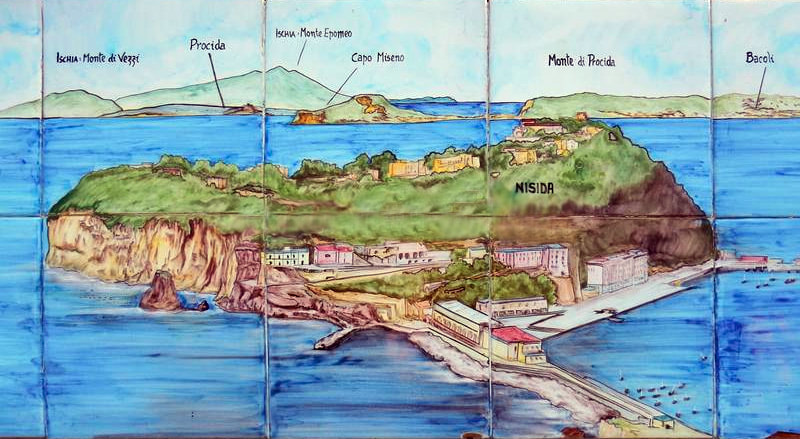
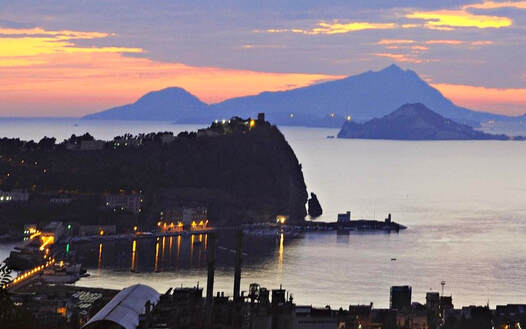
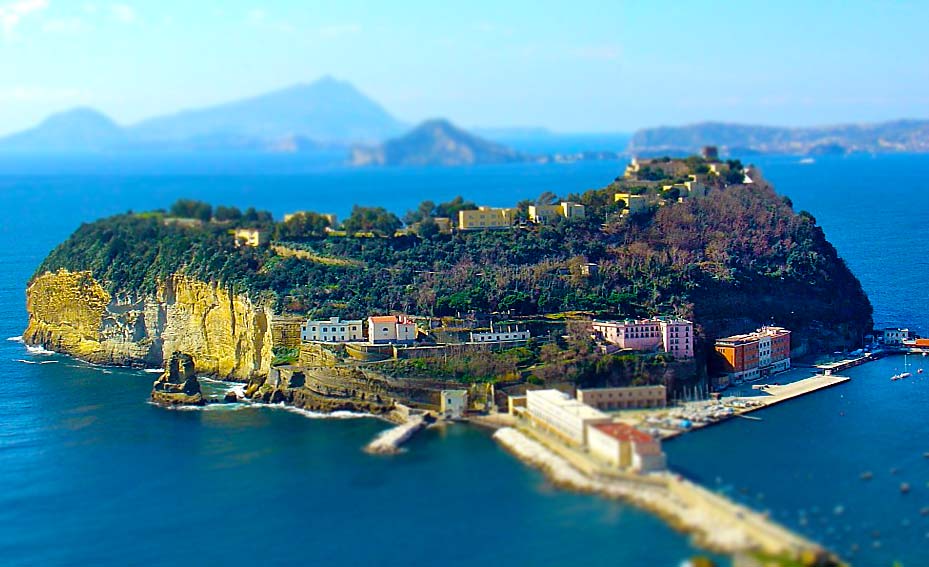
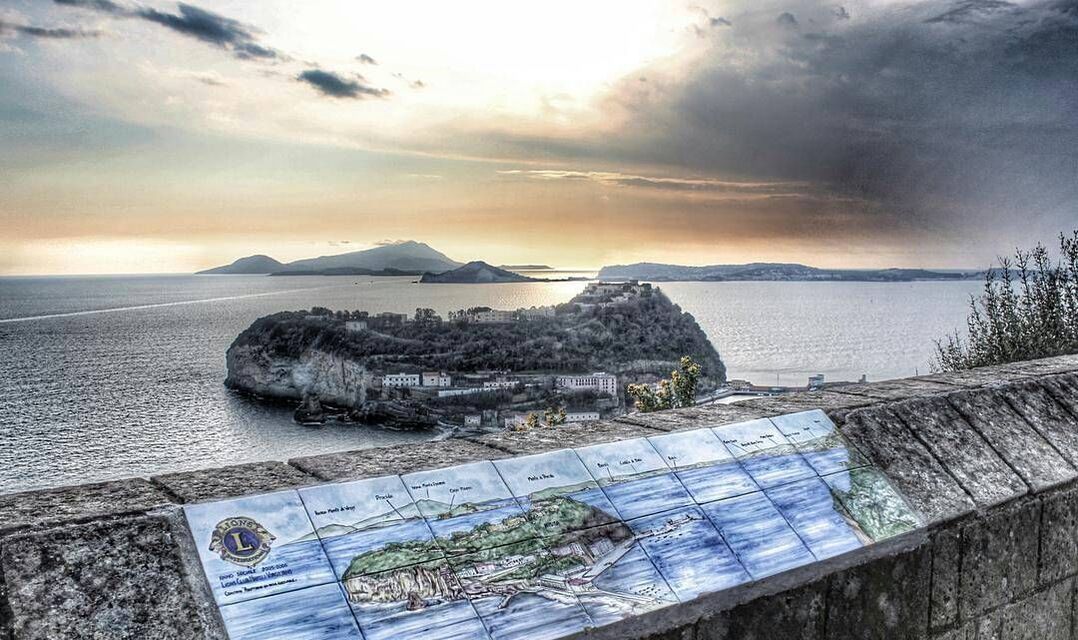
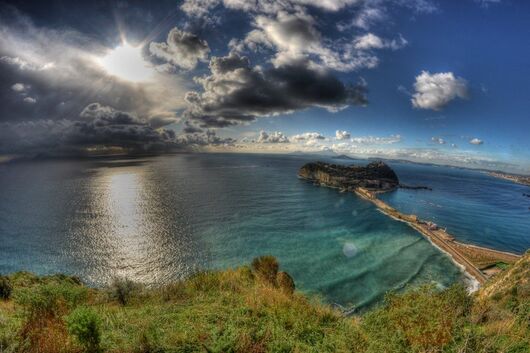
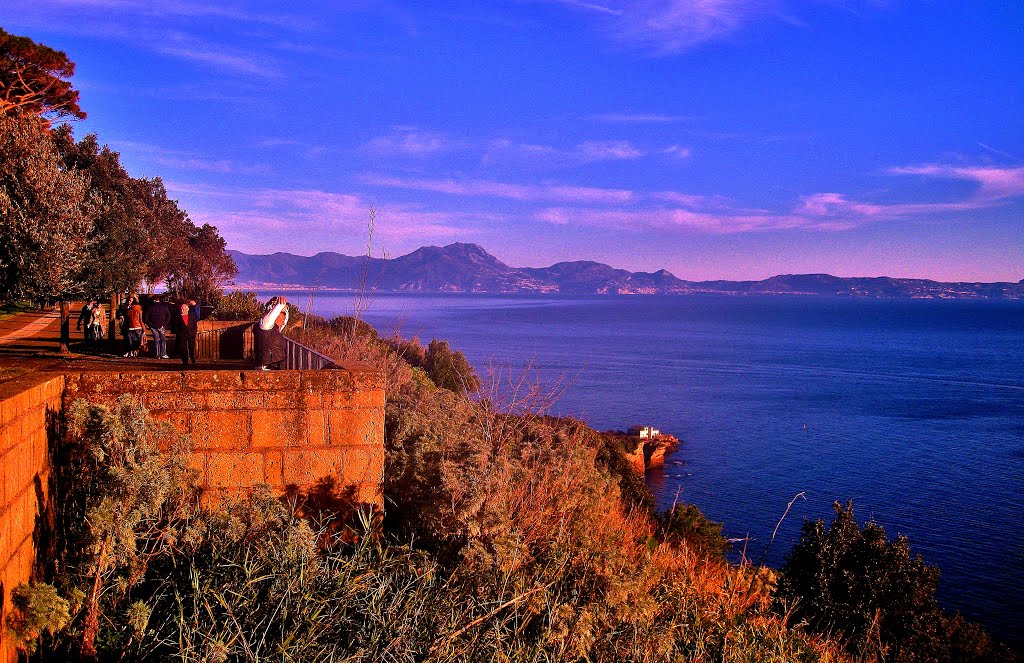
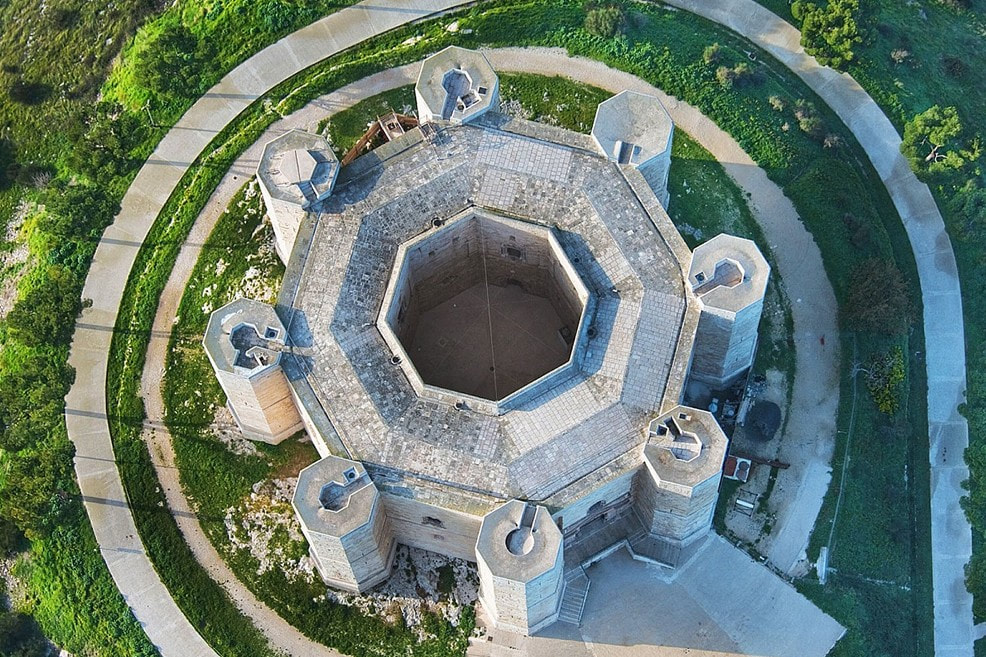
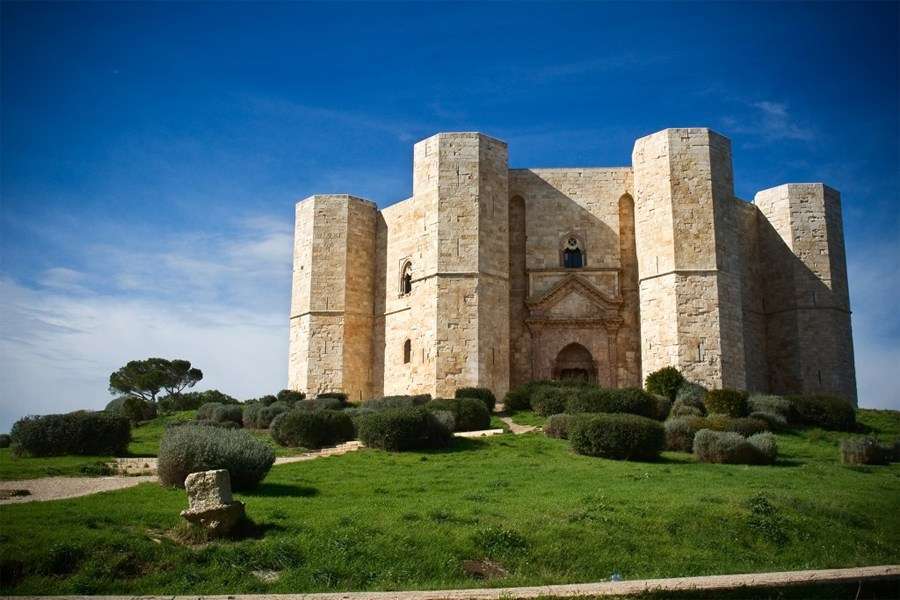
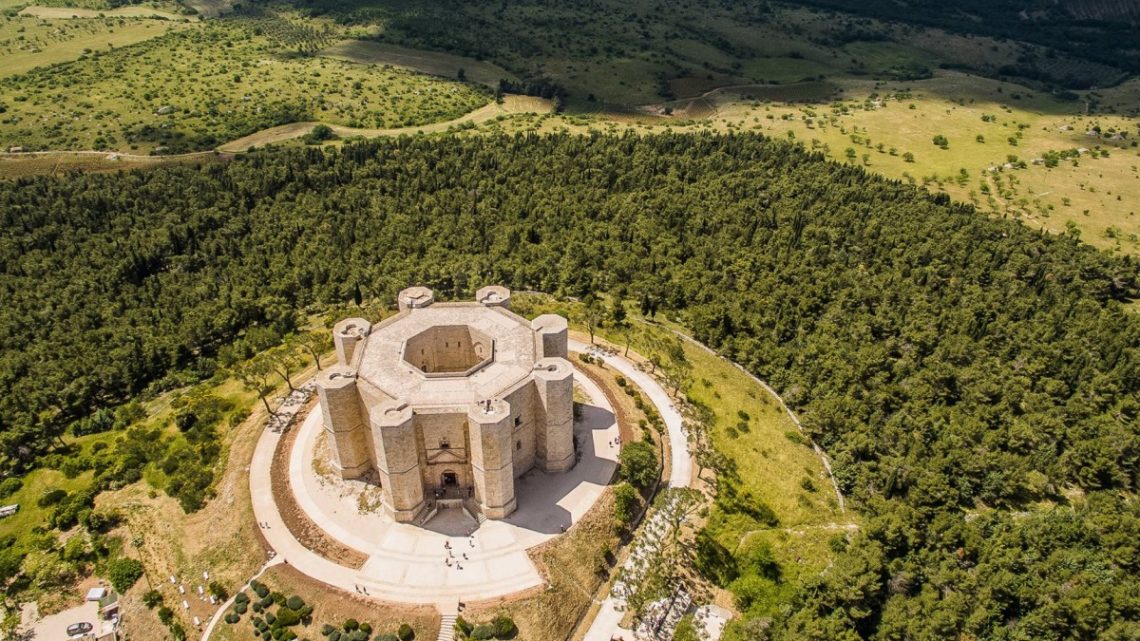
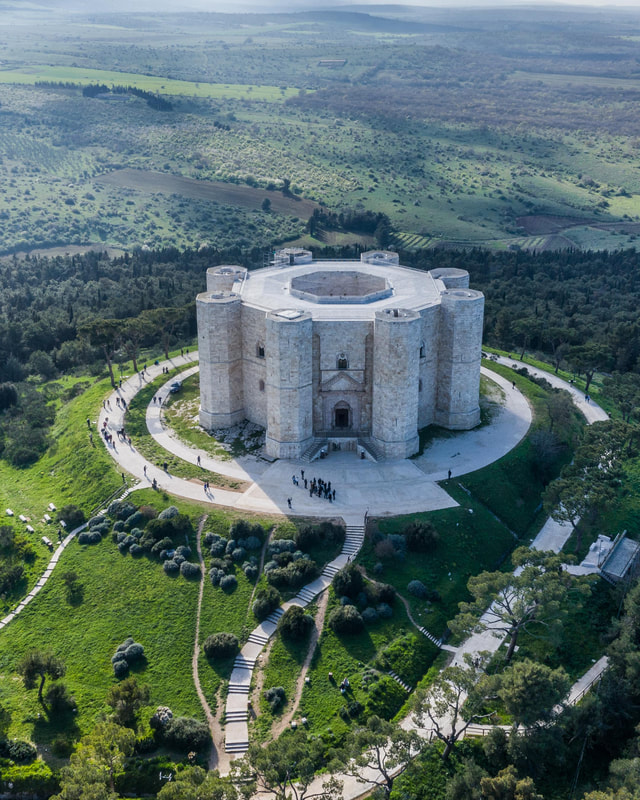
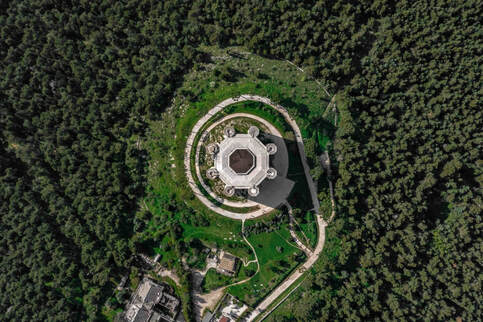

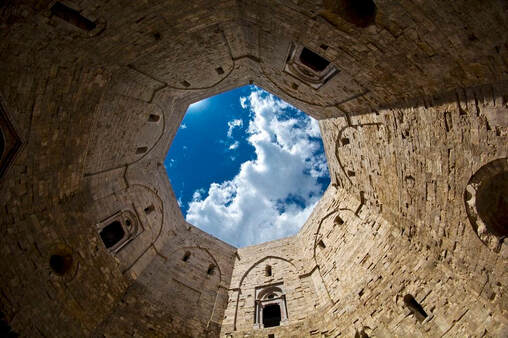
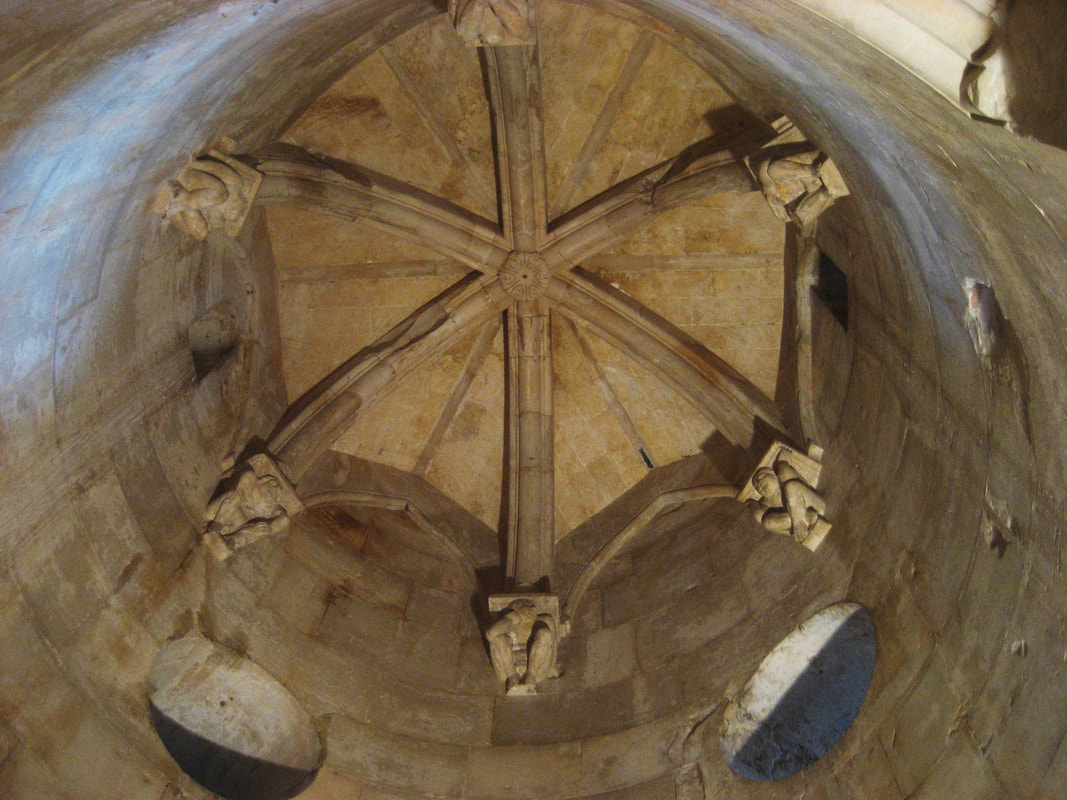
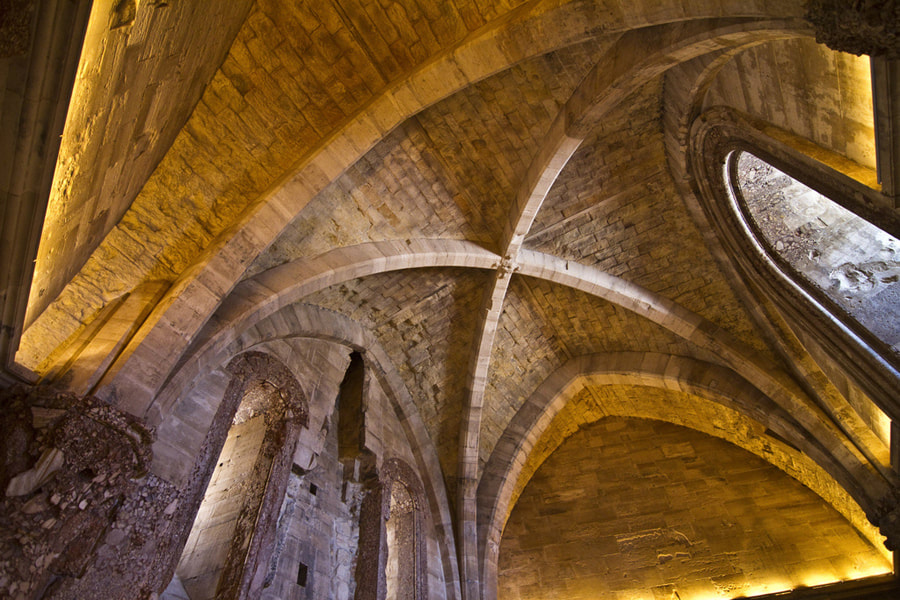
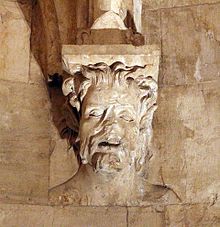
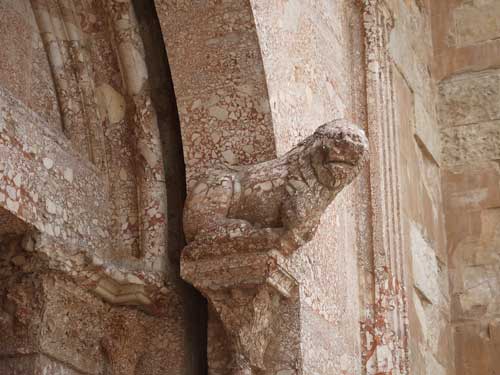
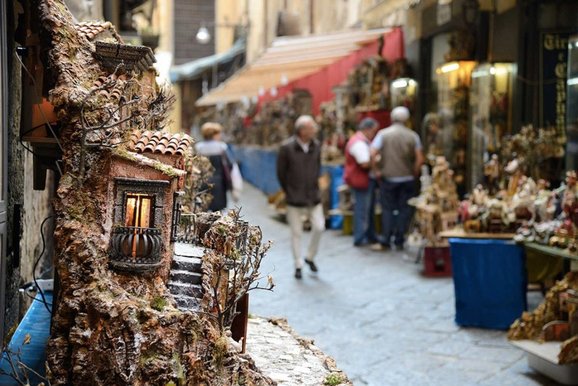
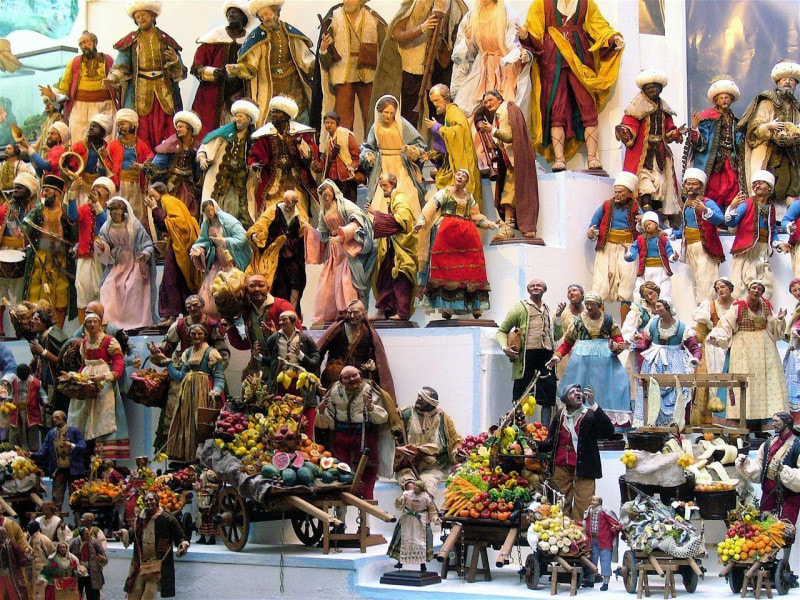
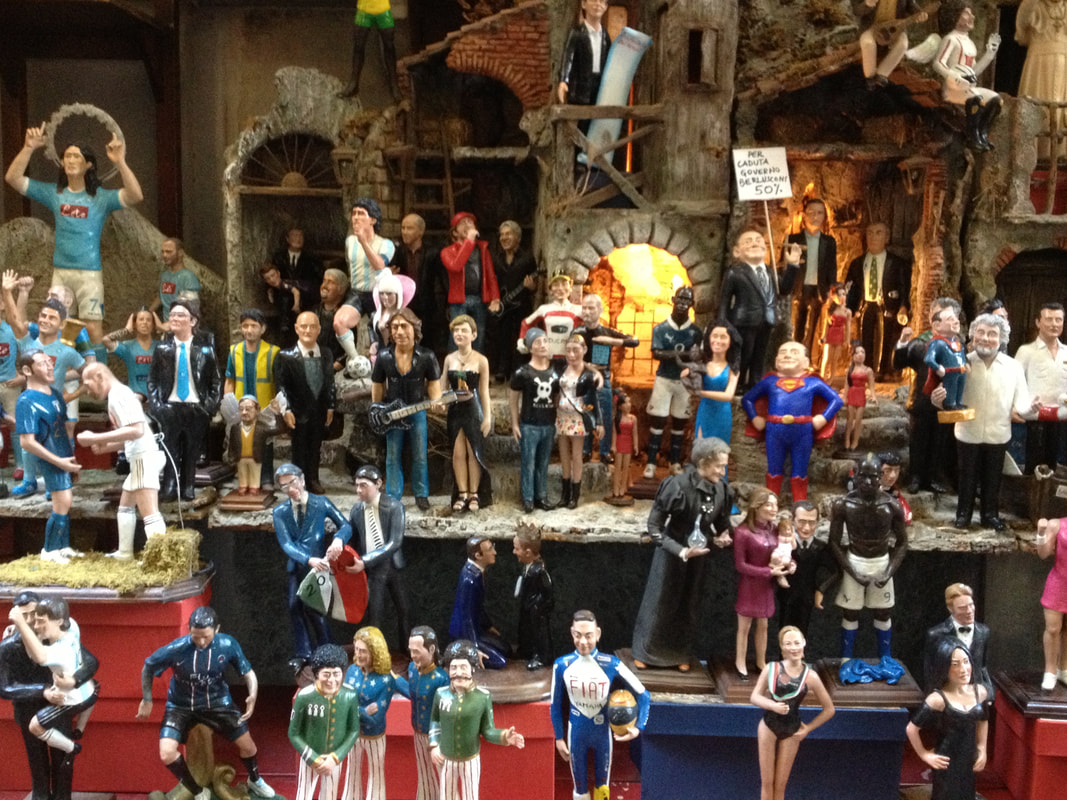
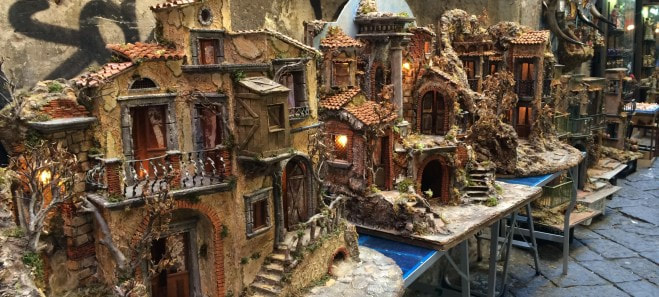
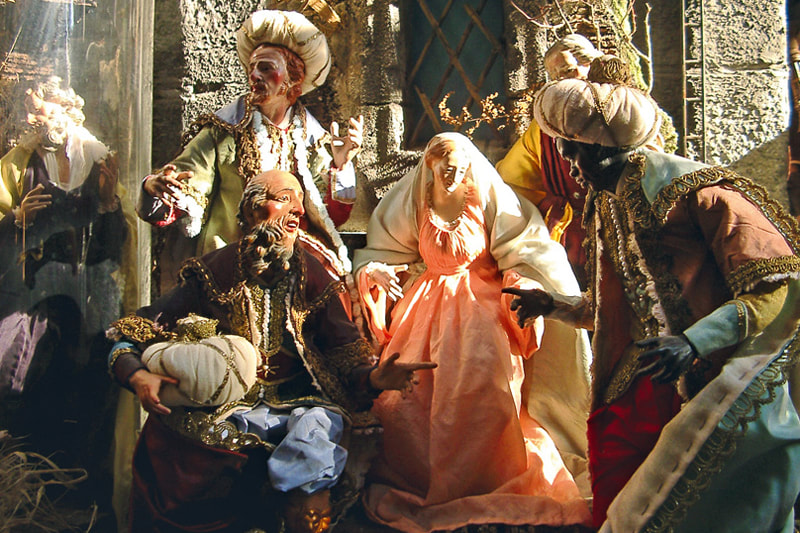
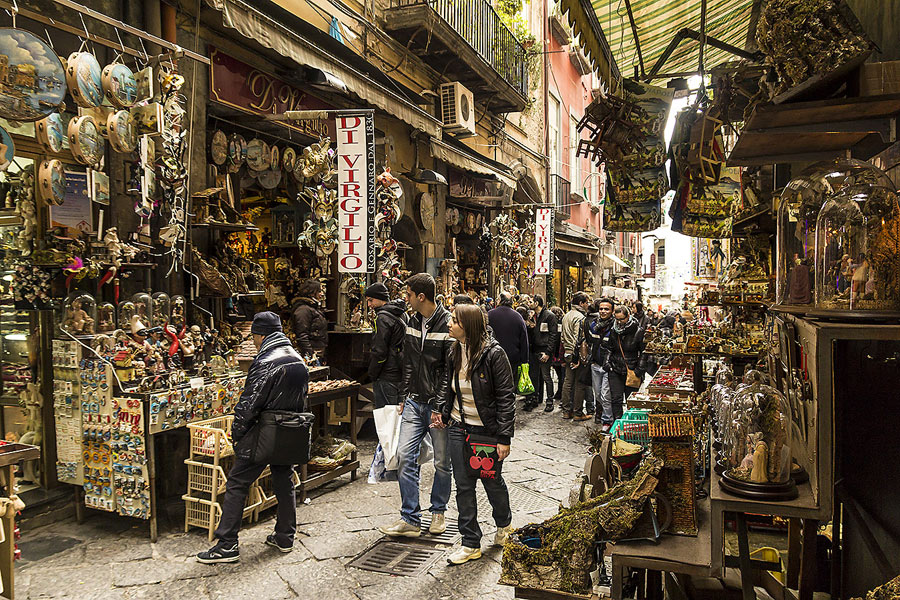
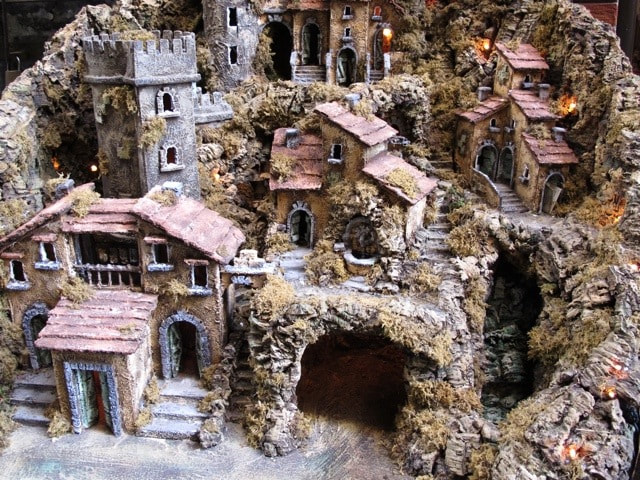
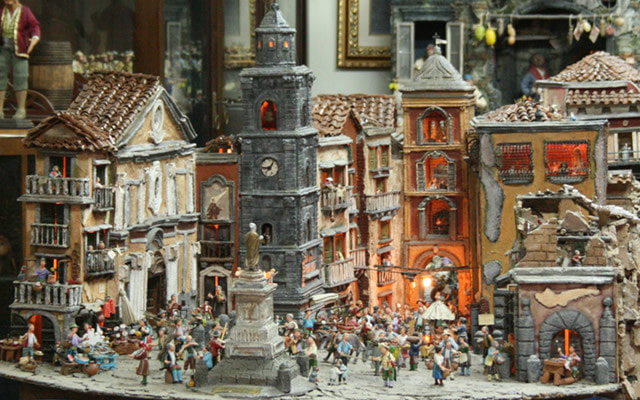
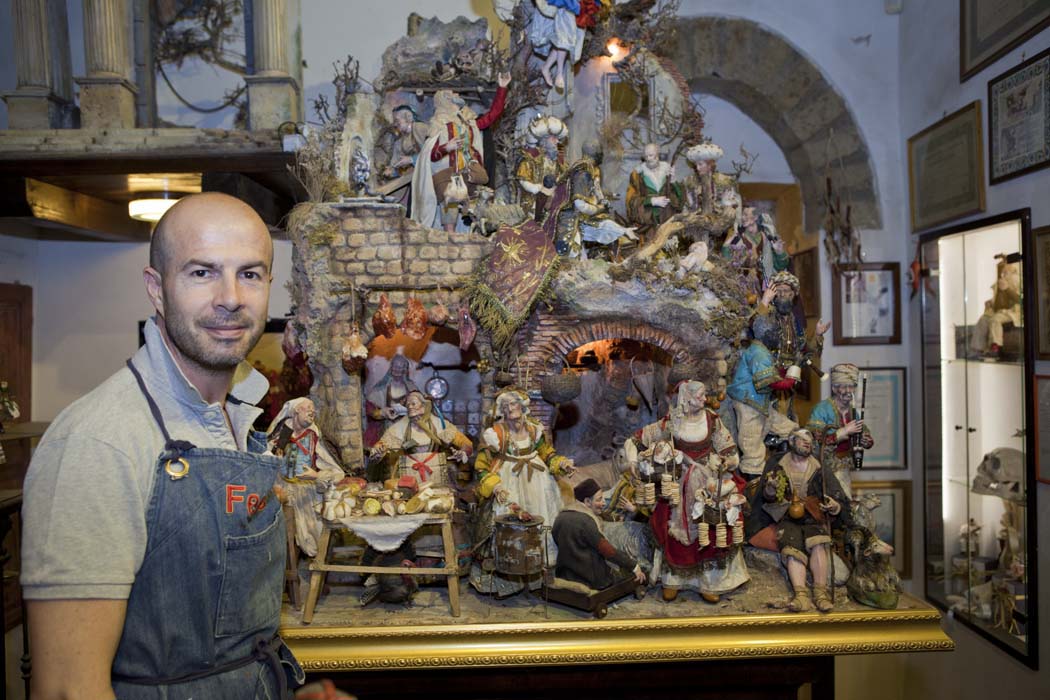


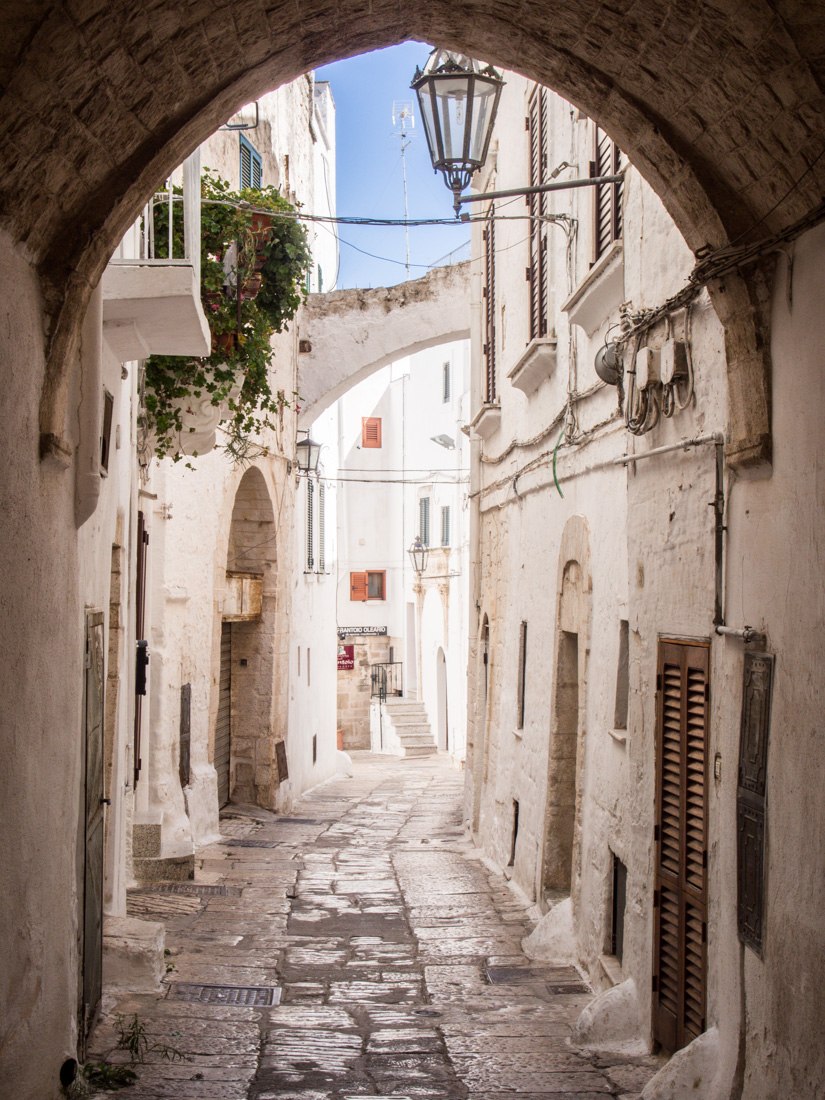
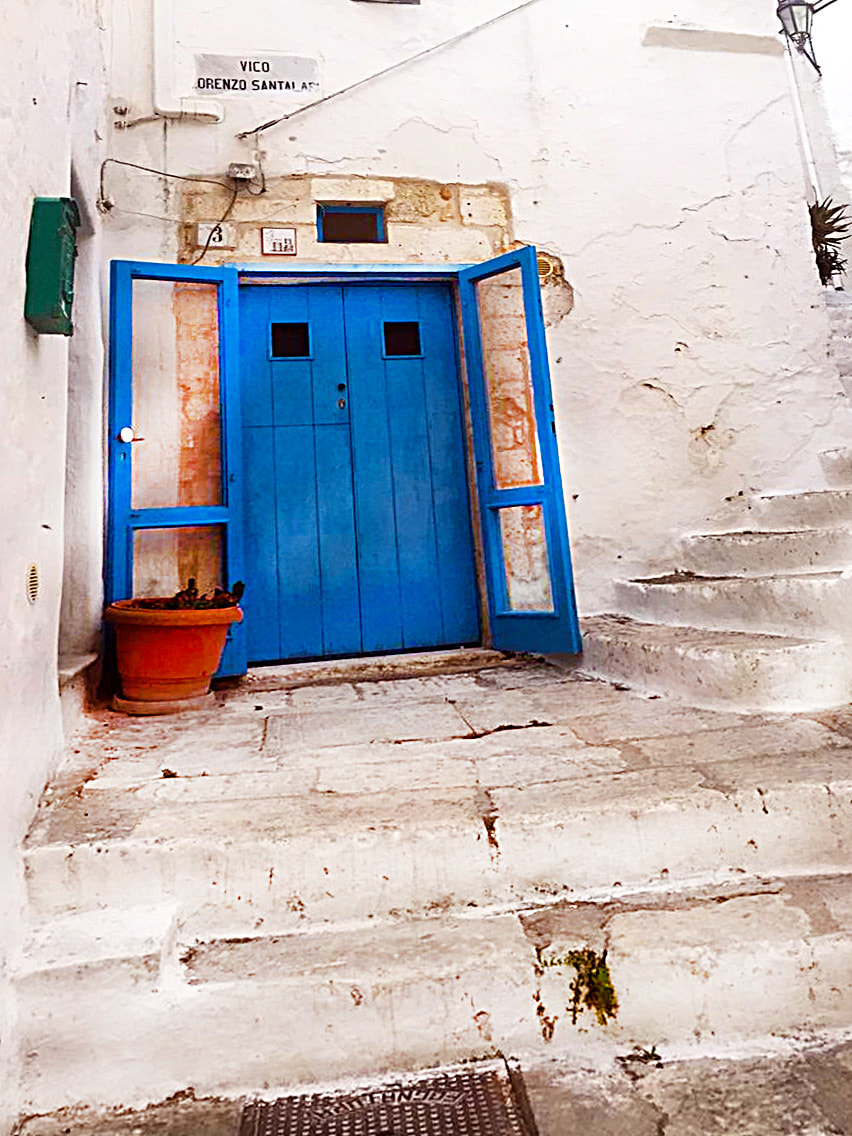
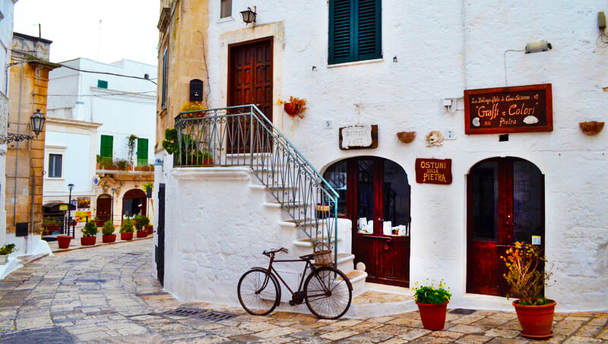
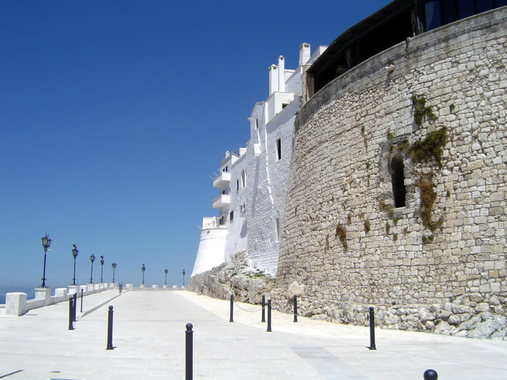
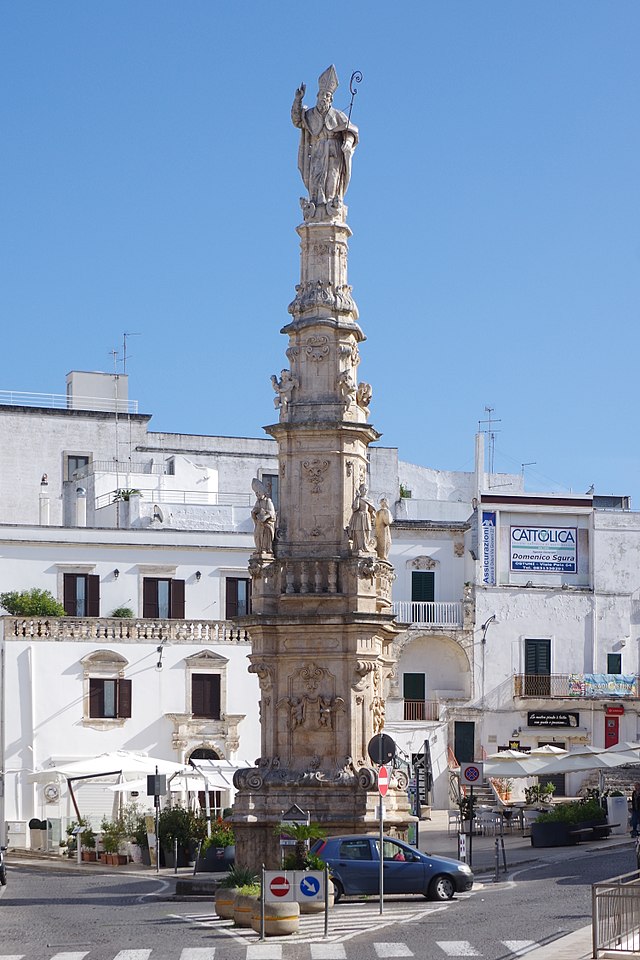
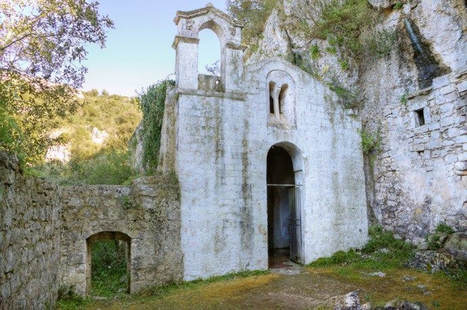
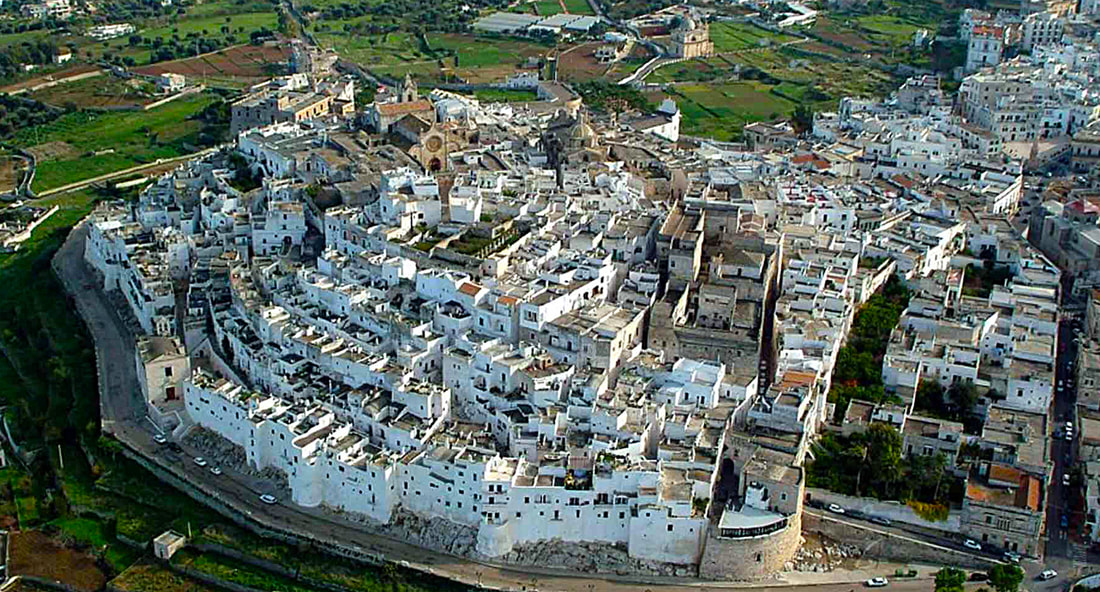
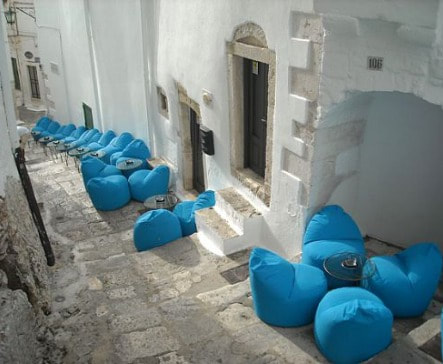
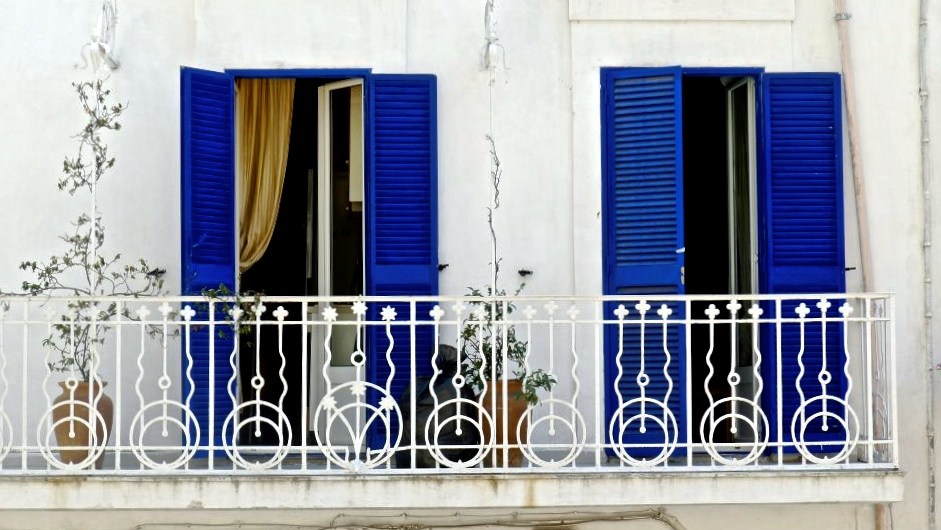
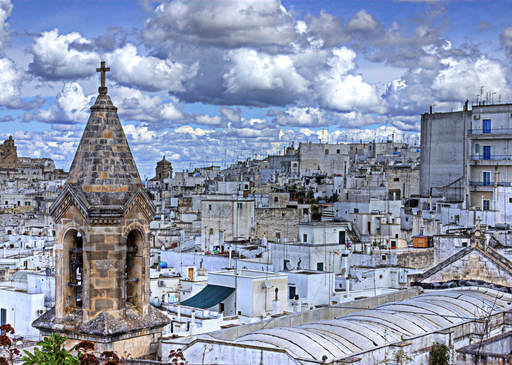
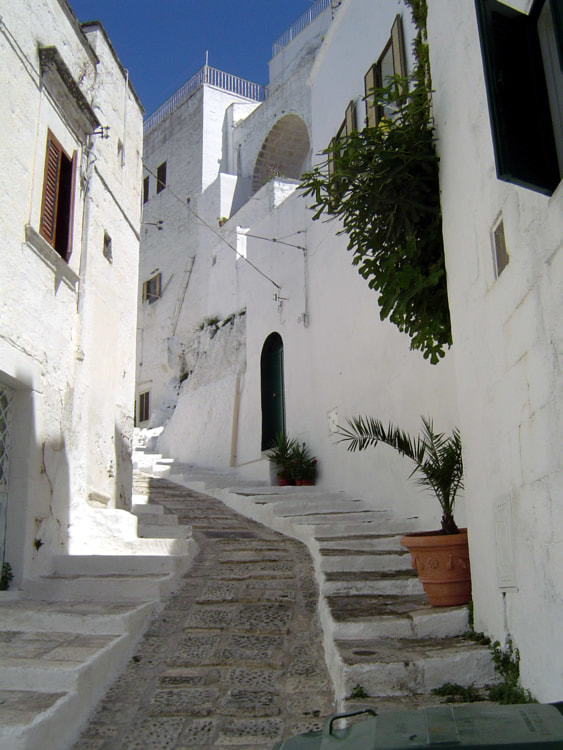
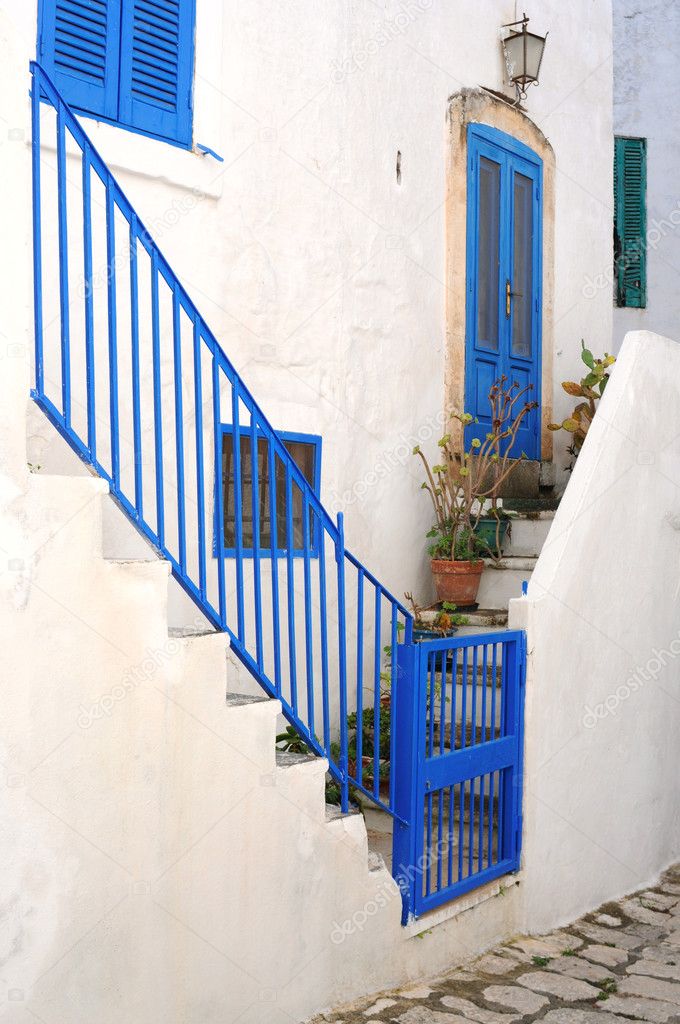
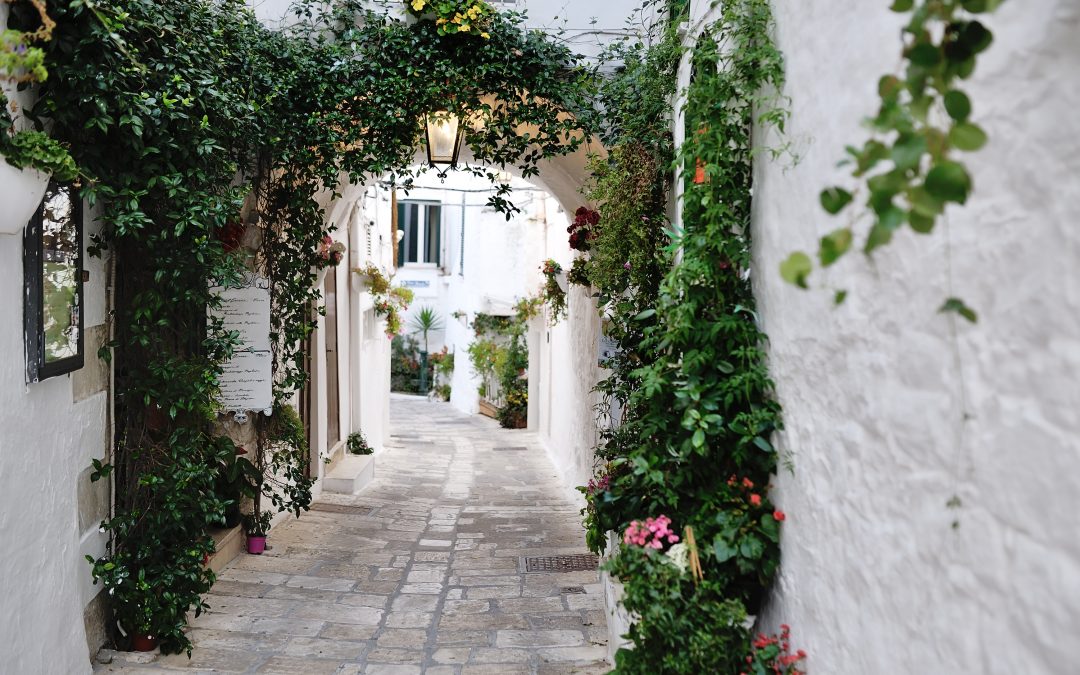

 RSS Feed
RSS Feed
